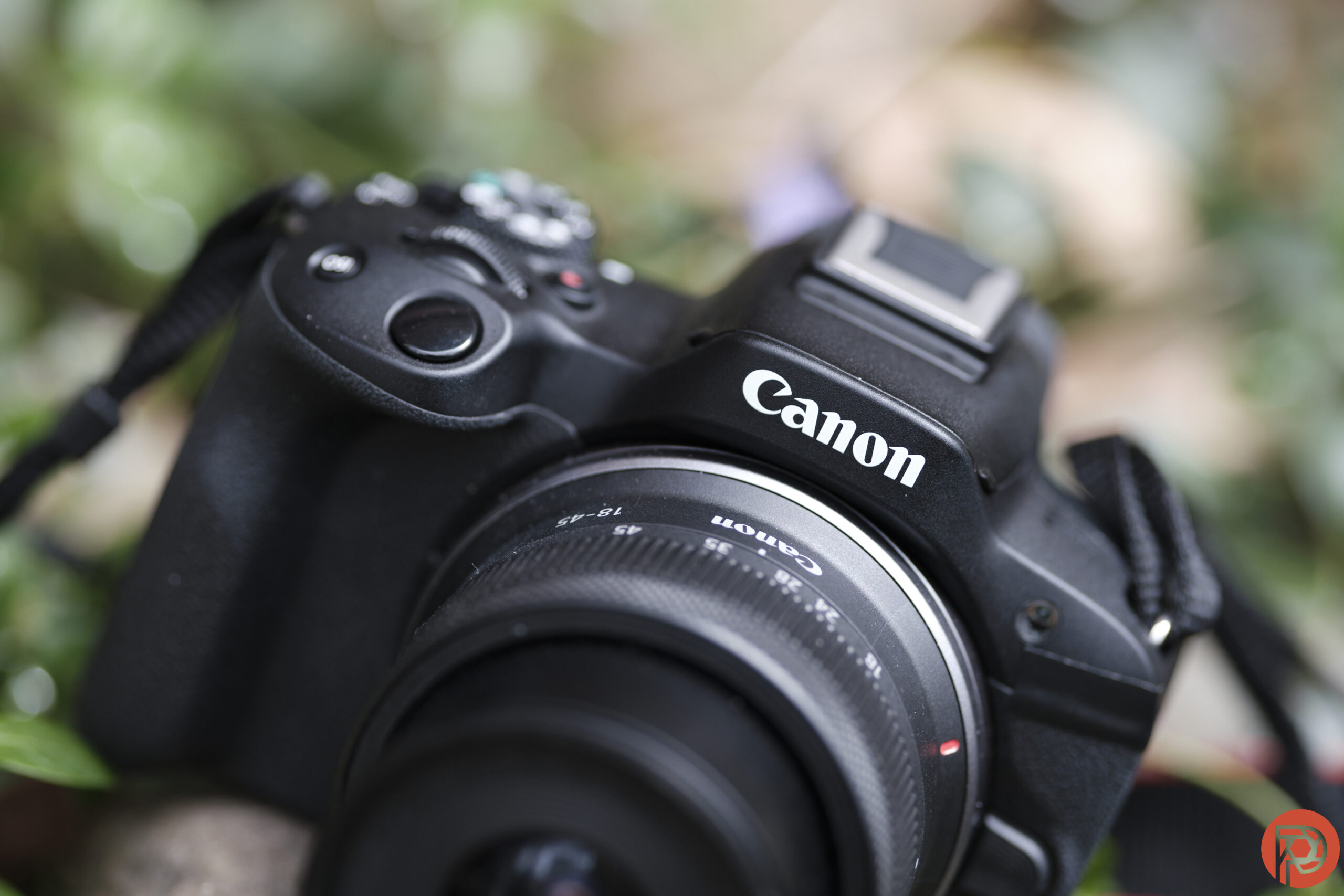When I first tested the Canon R3’s intelligent autofocus that made tasks like wildlife photography dramatically simpler, I thought, “It’s too bad this technology isn’t available in a camera made for beginners.” Fast forward to 2023, and the Canon EOS R50 embodies that wish. The $680 mirrorless body takes the tech that has simplified difficult photography for photographers and instead embodies it in a camera designed for non-photographers. While the Canon EOS R50 uses a smaller sensor with an older design, it still houses Canon’s impressive Dual Pixel autofocus, including AI-based algorithms that can automatically focus on people, animals, cars, bikes, and more. In fact, the $680 camera shares the same DIGIC X processor as the $6k camera.
While the Canon EOS R50 houses tech that should pique the interest of beginners, it also doesn’t give so much away that R3 shooters will be crying into their recently drained bank accounts. The smaller APS-C sensor uses an older design. It’s not backlit, and images start to lose detail much faster. The R50 cuts many corners in the design, skipping weather-sealing and housing a card reader that’s only compatible with slower UHS-I SD cards. In fact, the R50 doesn’t even have a physical shutter — it uses an electronic shutter only.
The question is, did Canon cut too many corners with the R50? Or has Canon made it possible for anyone who can take a smartphone photo to take better photos without memorizing the jargon?
Table of Contents
The Big Picture
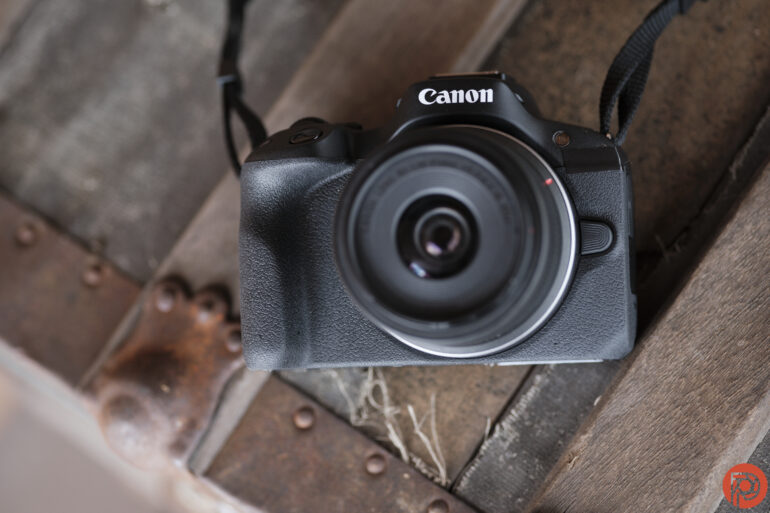
If there’s one thing that DSLRs did better than mirrorless cameras, it’s the budget body. In the heat of the DSLR era, it was possible to get a decent body and lens for around $600. Mirrorless companies haven’t forgotten the budget category entirely. Still, these affordable options came after the major pro launches and tend to sit a little higher than the budget kits of a decade ago. The Canon EOS R50 is one of those cameras. At $680 for the body only, the camera is Canon’s most affordable option. Yet, it still packs in some of the biggest reasons for choosing Canon over other brands, including Dual Pixel autofocus capable of detecting human and animal eyes and various subjects like bikes, cars, and airplanes.
Those autofocus modes mix with a customizable auto mode. If you can put a filter on an Instagram photo but have no idea what ISO is, Canon’s Creative Assist options can help. This submenu in the auto mode allows non-photographers to change settings using terms like “blur” instead of “aperture” and “brightness” instead of “exposure compensation.” This is still a far cry from the photos that you could take if you actually learned photography. But, it is a more flexible auto mode. Newbies and non-photographers will also appreciate the lightweight design, the selfie screen, and, of course, the price.
While the mix of intelligent autofocus and a $680 price point may be more than enough reasons for some to pick up the R50, there are several big sacrifices. It uses an older sensor design that quickly loses detail when lighting isn’t ideal. The card reader is also old tech, which slows the ability to take photos in quick succession. It lacks weather-sealing to prevent dust build-up. It even lacks an actual, physical shutter. The R50 also skips out on in-body stabilization. And once newbies do learn manual modes, the small size limits the number of physical controls.

Ultimately, the older sensor design prevents the R50 from being an amazing budget camera. In limited light, photos lack detail and punch. But, the autofocus and simplified shooting modes are great perks. I’m giving the Canon EOS R50 three out of four stars.
Pros
- Affordable
- Intelligent subject detection autofocus is pretty great
- Easy to use
- Customizable auto mode
- Comfortable viewfinder and nice flippy screen
- Lightweight design
Cons
- Electronic shutter only
- Older tech means images get noisy faster
- No image stabilization
- No weather-sealing
- Ergonomics are lacking for manual shooting, including no second control wheel or joystick
- Not compatible with UHS-II, which slows performance significantly
- Buffer is limited to just 7 RAW photos in row
Gear Used
I tested the Canon EOS R50 with the Canon RF-S 18-45mm f4.5-6.3 IS STM lens. Both the camera and lens are a loan provided by Canon.
Innovations
The Canon R50 isn’t really innovative, but it does take previously announced features from pricier cameras and make them available in a budget-friendly model. The R50 packs in intelligent autofocus modes, including the ability to recognize eyes (human and animal) and vehicles.
Ergonomics
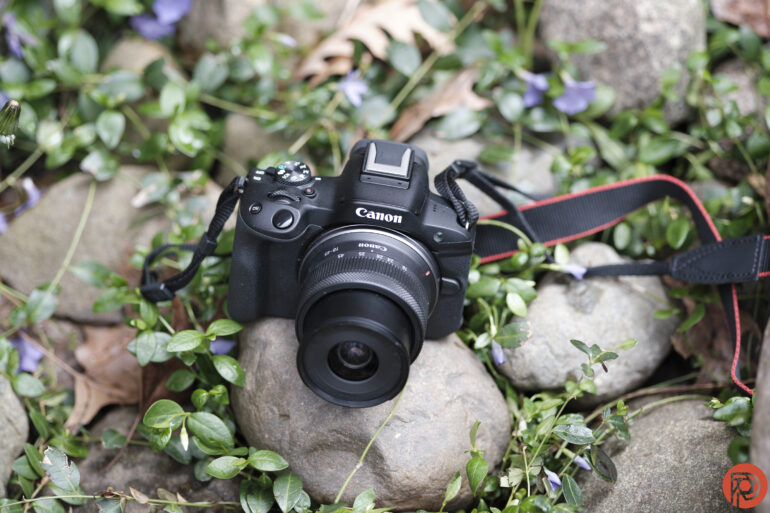
The Canon EOS R50 is a compact mirrorless camera that feels like bits and pieces of the M50 have been reused and adapted to the RF Mount. The small size makes it a lightweight .8 pounds that’s easy to carry. But there’s a trade-off for the smaller size. My fingers don’t wrap around the grip as comfortably as the R6. There are not enough places to comfortably bend my fingers and either my hand hangs off the back or there’s a gap between my fingers and the grip itself.
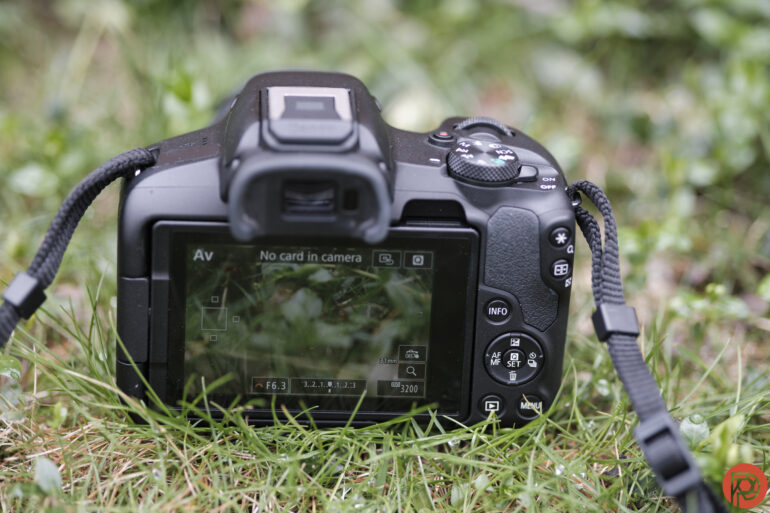
The rear of the camera looks almost identical to the control scheme on the M50. There’s a touchscreen that flips out to the side and can flip all the way forward for selfies or vlogging. The electronic viewfinder juts out from the body a bit, which is great because even wearing glasses, my face wasn’t squished into the back of the camera. There’s a set of menu controls within easy reach of the thumb. But, sadly yet unsurprisingly, the R50 doesn’t have a joystick. The focus point is adjusted using the touchscreen.
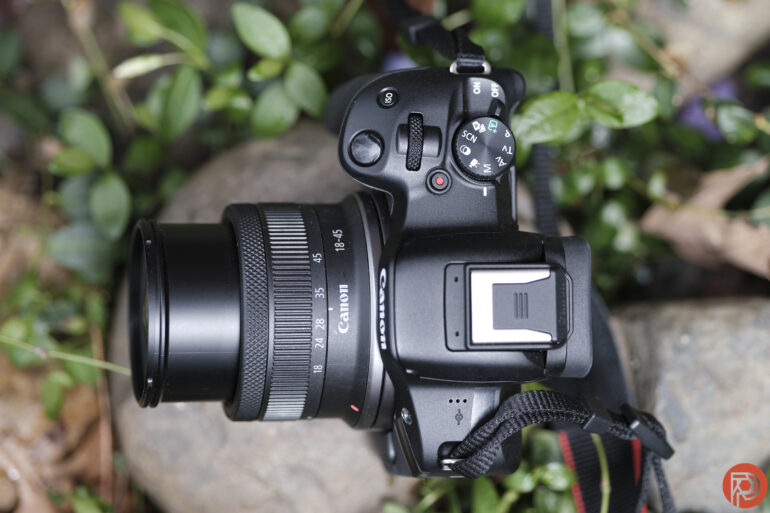
The camera’s top feels more like other R series cameras than the M series. It houses a vertical wheel, shutter release, ISO button, record button, and mode dial. The smaller grip means there isn’t room for a second control wheel, so in manual mode, there are extra steps to adjust the aperture.
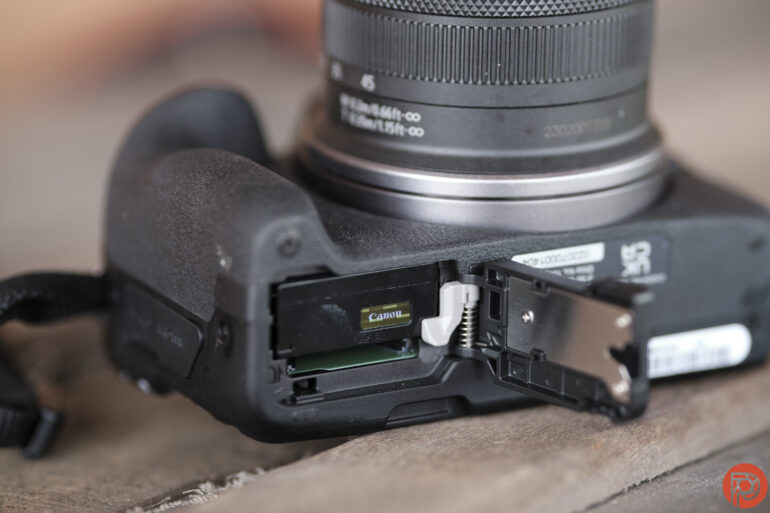
The front of the camera is clean — the only button there is the lens release. An HDMI and USB C port sits on the right-hand side, while a mic port is housed on the other. A single SD card slot is slotted in the same compartment as the battery on the bottom of the camera.
Build Quality
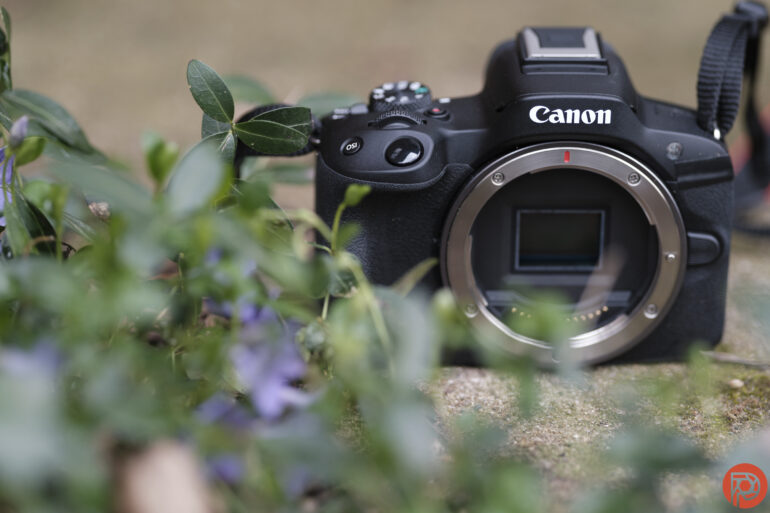
Holding the R50 is a bit unhappy after holding cameras like the R3 and R6. But, of course, those are wildly different cameras for very different audiences, and few will have the chance to try both. The build is one area where the R50 shows its budget price point. The wrap on the front has a nice feel to it. But the body has a plasticky feel.
The R50 isn’t weather-sealed. It’s always disappointing to see a camera that can’t shoot in a sprinkle or may succumb to dust build-up. But, for weather-sealing on the R50 to matter, it would need to be paired with weather-sealed lenses. And the lenses that are in the same budget category as the R50 body are not sealed. The R50 also doesn’t have a physical shutter, so unlike many other Canon cameras, the shutter doesn’t close to protect the sensor while changing the lens.
None of this, however, is unexpected for a $680 camera body. Competing cameras at this price point, like the Sony a6100 are also not sealed against rain and dust, though the Nikon Z30 does have some sealing.
Focusing
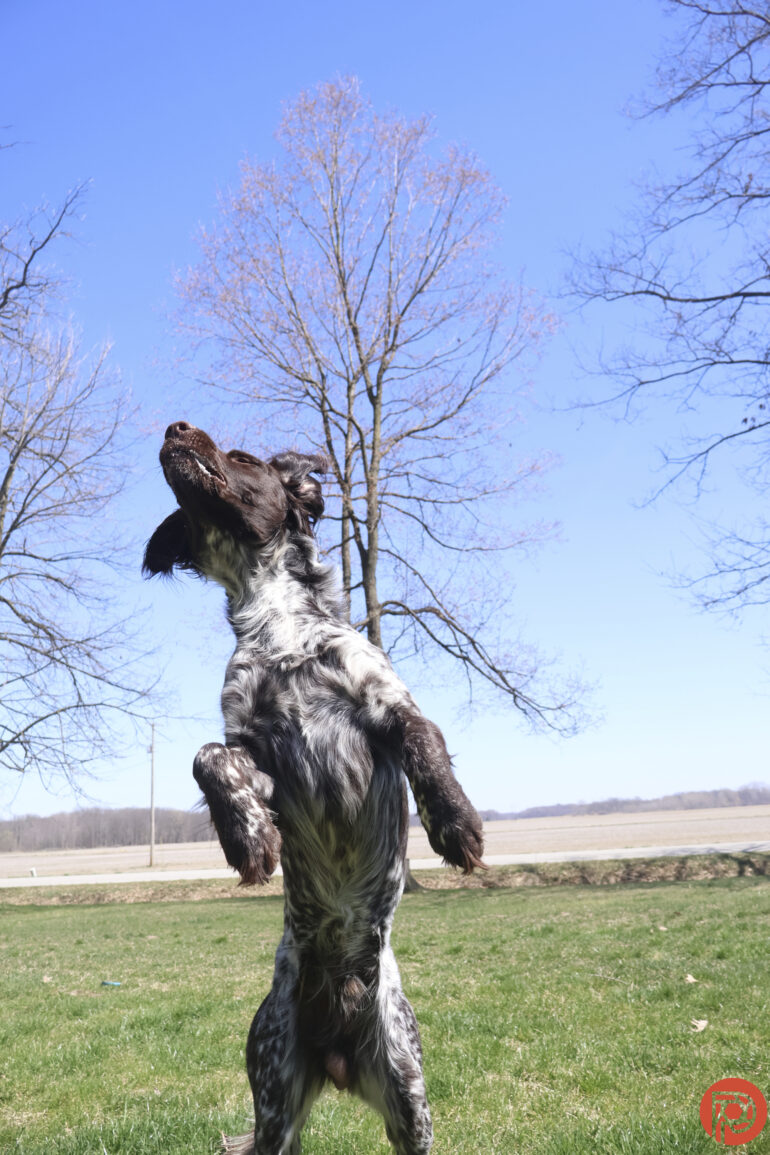
Budget cameras are notorious for being pretty slow, yet the R50 packs in many autofocus features typically reserved for high-end models. The camera can detect the eyes of humans, pets, and wildlife, making the challenge of photographing active kids, athletes, or animals much more effortless. The camera can also recognize subjects like bikes and cars. Imagine a camera that automatically knows where to focus with minimal input for much of the time. This makes photographing people and animals much simpler.
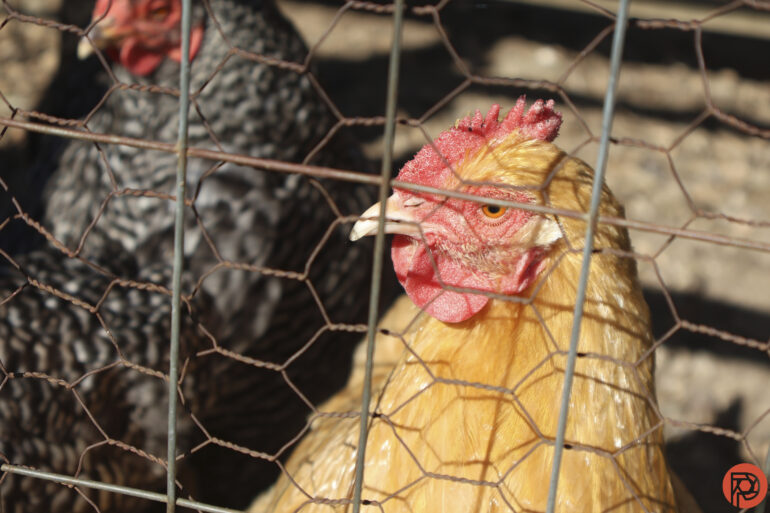
The R50 can surprisingly keep up with subjects like soccer players, kids, and dogs, only missing an occasional shot. The focus is pretty quick in good lighting. Even the burst mode is quick, taking 15 photos in one second. But the camera can’t handle large volumes. It can handle 28 JPEGs at that speed but just 7 RAW files before pausing.
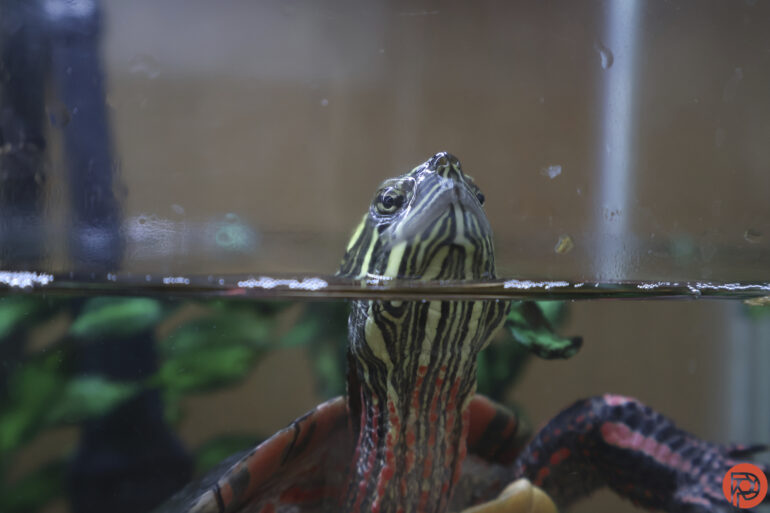
While the R50 is speedy in good light, that performance falls off quickly when light is limited. When underexposed by two stops, the camera takes a second to lock onto a subject. The camera might be able to focus in darker scenarios with a different lens — the -4EV listed in the specifications is based on using an f1.2 lens, the likes of which aren’t typically paired with a $680 camera body. Turning off the exposure preview helped slightly, but focusing still took a few extra beats in dark rooms.
Ease of Use
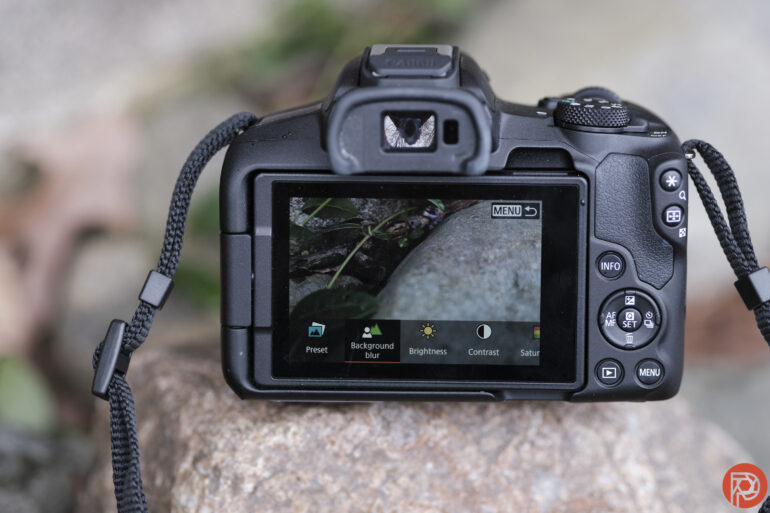
One of the key features that Canon repeats all over the marketing material for the R50 is the intelligent auto modes — so, of course, I spent some time shooting in A+ mode. The intelligent auto did seem to help properly expose a few mildly backlit scenarios. But many others still created silhouettes. I think the A+ mode could also be smarter in a few areas. If the R50 can recognize a dog’s eyes, shouldn’t it be able to boost the shutter speed when an animal is detected to avoid motion blur?
But, the A+ mode actually has three sub-modes. The first is Creative Assist, a traditional auto mode where the camera chooses the settings for the scene. The second is Creative Bracketing, where you’ll get multiple versions of the same photo with different effects applied. For example, you may get a photo that’s in black and white, a regular color photo, and a photo that’s a bit darker than the other two. The third sub-mode is Advanced A+, which uses composting and other advanced techniques, such as HDR.
Creative Assist can be further customized. While the mode is only mildly improved from a standard auto mode, there are a few features that will be helpful for beginners. The auto mode has a creative style menu of effects that present long-standing photography settings in a way that’s easier for non-photographers to use. For example, there’s a background blur option. At first, I was terrified that Canon had jumped ship and was faking bokeh like the smartphone companies. But that’s not it at all — adjusting the background blur slider from blurry to sharp simply changes the aperture setting in the auto mode. It’s a way to adjust the settings that’s no more complicated than choosing an Instagram filter. If you want to take pictures with a blurry background but are terrified of learning technical terms like aperture, then the R50 will ease you in gently.
The R50 also has a mode that takes a short video before each photo. The photos and videos are then strung together in the camera. It’s a nice feature for creating short videos, such as Reels, without complicated video editing.
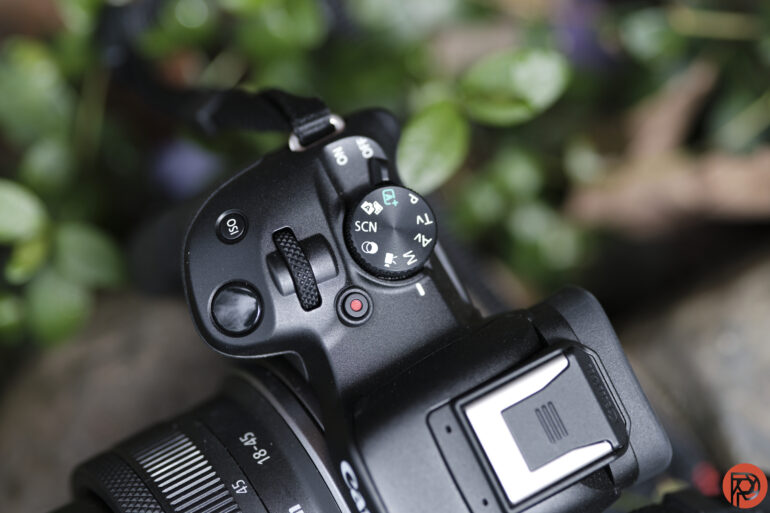
While the plethora of automated modes will help beginners, there are fewer tools to keep newbies shooting with the same camera for several years. The limited physical controls, once beginners do learn things like aperture, will have beginners itching for an upgrade sooner than more adequately equipped bodies like the Canon EOS R10, which has that second control wheel. The single wheel makes things like adjusting settings and navigating Canon’s complex but well-organized menu system much faster.
The R50 also lacks image stabilization, a tool that helps both beginners and advanced shooters alike avoid accidental blur from camera shake. Thankfully, all three of Canon’s current RF-S lenses are stabilized, though the 4 stops offered are fewer than cameras with both stabilized bodies and lenses.
Metering
Using the Sunny 16 guideline, the R60 took a well-exposed image. The updated auto mode helps prevent some photos from being too dark, but extreme backlighting still creates dark photos.
Image Quality
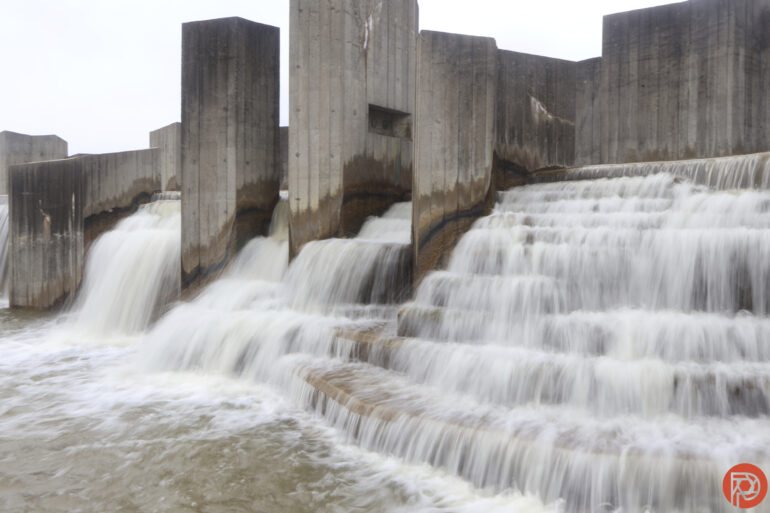
While the decision to put the R3’s processor in the R50 is a great one, the sensor itself uses older technology. It’s not backlit. As a result, images tend to get noisier faster. The other thing that’s holding the budget camera back is the budget lenses that it’s designed to use. The RF 50mm f1.8 STM will go a long way in improving the image quality over something like the RF-S 18-45mm f4.5-6.3 IS STM.
JPEG Quality
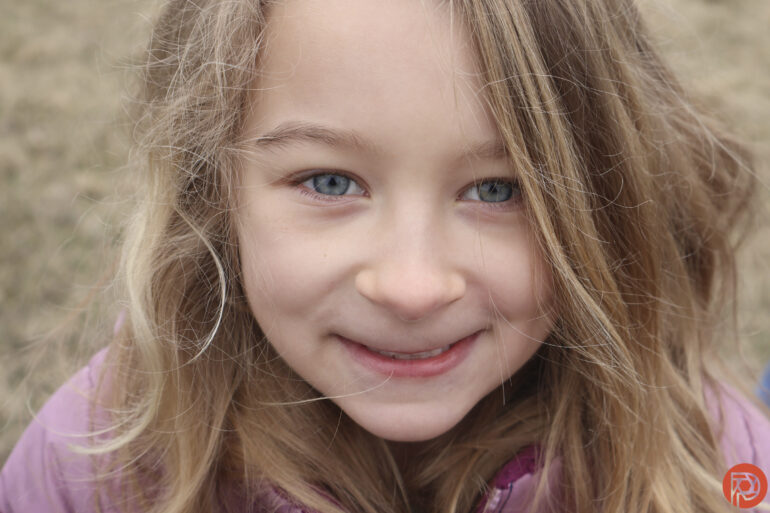
JPEGs coming from the Canon EOS R50 have lots of contrast. The colors feel true to the scene but perhaps a bit deeper than the original. Photos are easily better than a $680 smartphone. The best photo quality, however, stems from well-lit scenes. A photo that’s too dark loses much of its color and detail.
High ISO Output
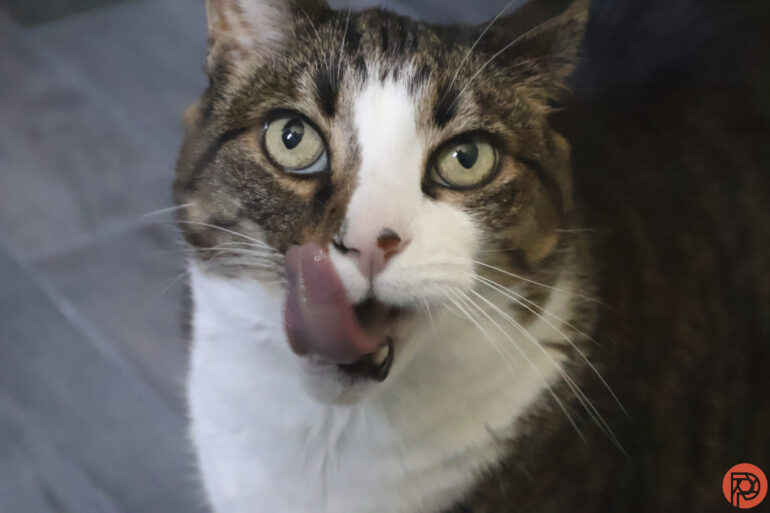
At the lowest ISO setting, photos are surprisingly sharp and detailed considering I paired the camera with a basic budget kit lens. However, the photos lose sharpness very quickly as the ISO increases. Even at just ISO 500, the eyes in a portrait were dramatically softer than in a portrait at ISO 100. I found the lack of sharpness surprising — most crop sensors can hold on to the fine details a bit longer. But the R50 uses an older design: the sensor isn’t backlit, and it still has an anti-aliasing filter. The result is that sharpness falls off quickly when increasing the ISO.
While sharpness falls off fast, noise isn’t particularly distracting in JPEGs. The noise does get noticeable beyond ISO 3200. Ultimately, if you’re pixel peeping at 100 percent, there’s a lack of sharpness from the noise reduction algorithms. The similarly priced Nikon Z30 did considerably better at preserving image quality in limited light.
RAW File Versatility
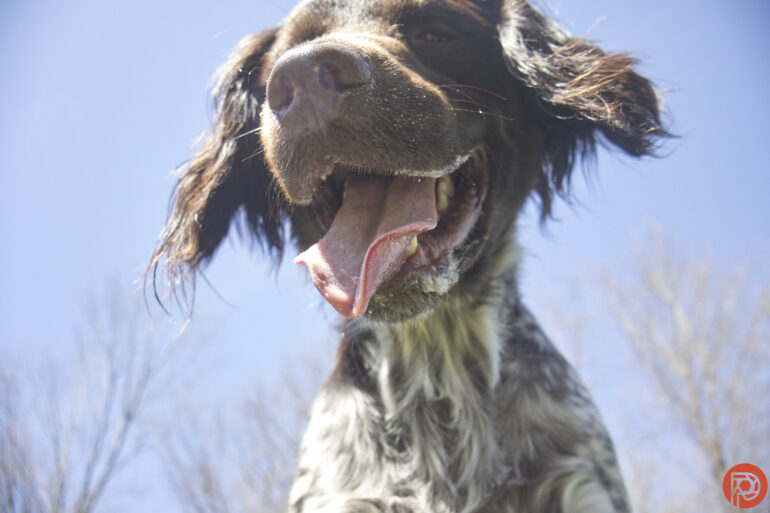
While RAW files will slow down the R50, the versatility will often still be worth the cost. I was able to recover some overexposed highlights. In the shot above, for example, I darkened the photo by about 2.5 stops to recover the blue in the sky but couldn’t repair the blown-out highlight in the dog’s fur on the left.
Shadows can be brought up around 2.5 stops as well. However, brightening a dark photo will further add noise, significantly degrading the image quality at or over ISO 500.
Extra Image Samples
From day one, The Phoblographer has been huge on transparency with our audience. Nothing from this review is sponsored. Further, lots of folks will post reviews and show lots of editing in the photos. The problem then becomes that anyone and everyone can do the same thing. They’re not showing what the lens can do. So we have a section in our Extra Image Samples area to show edited and unedited photos. From this, you can make a decision for yourself.
Unedited
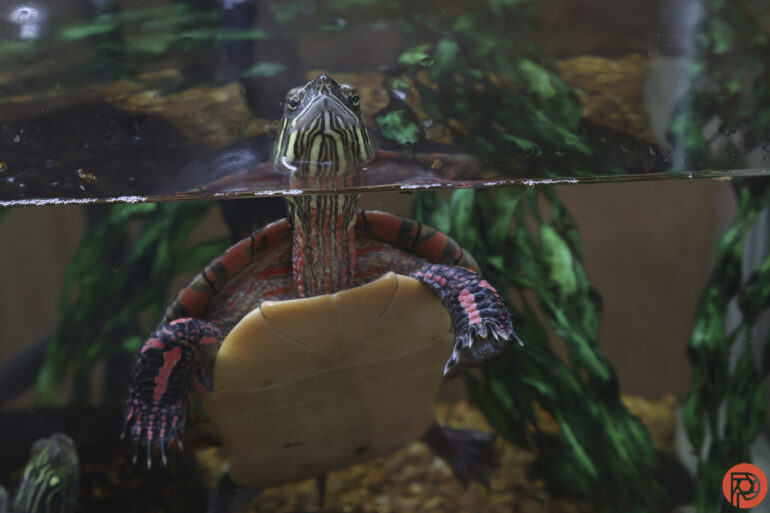

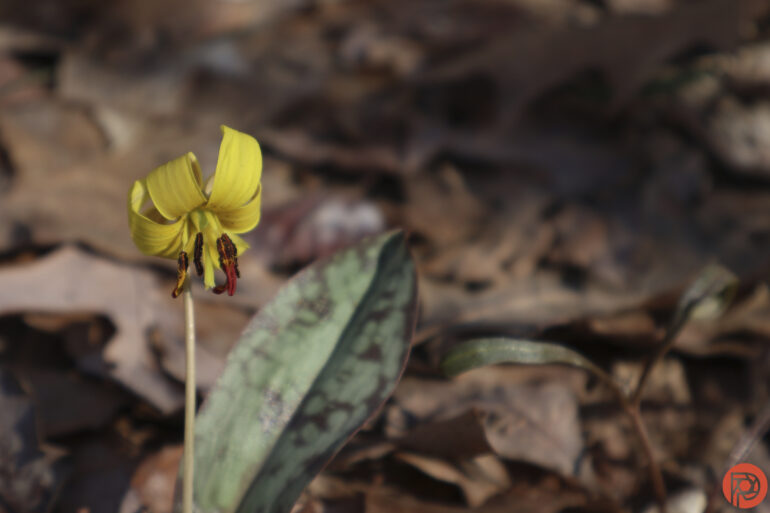

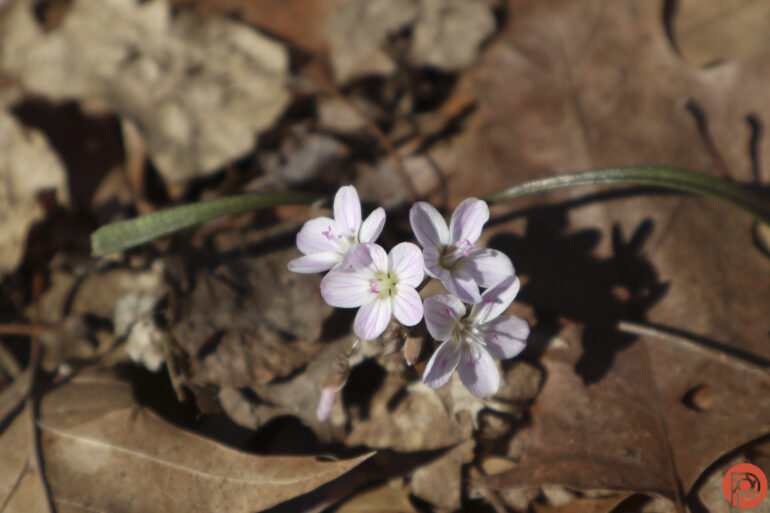
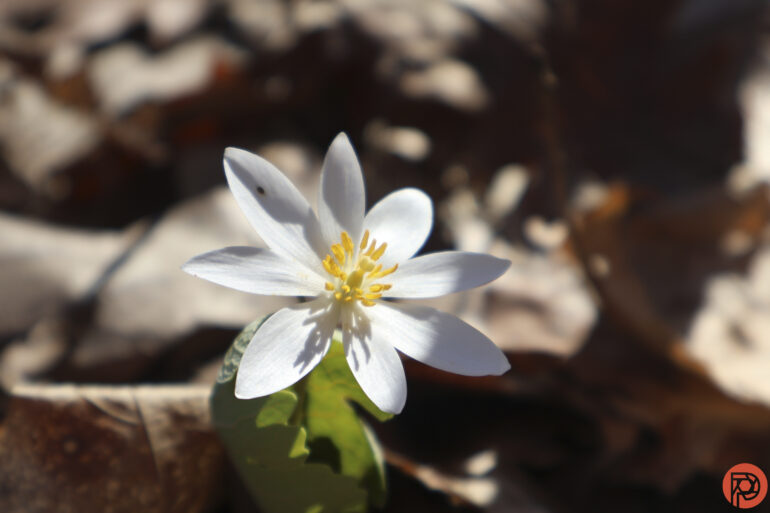
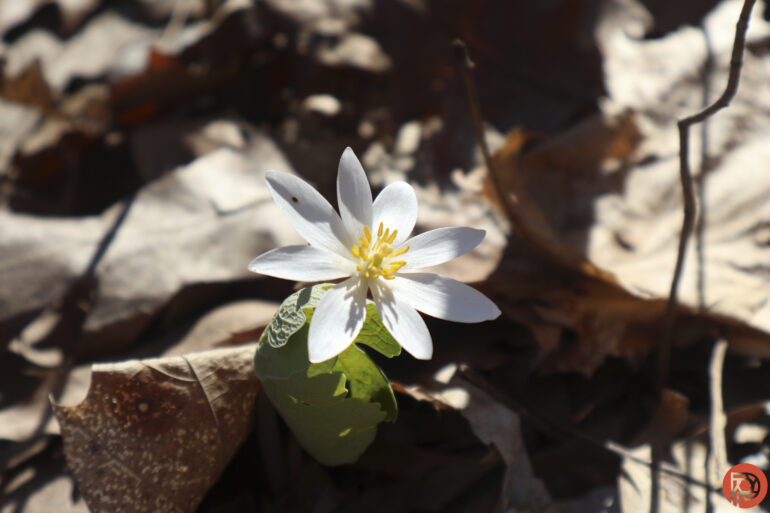
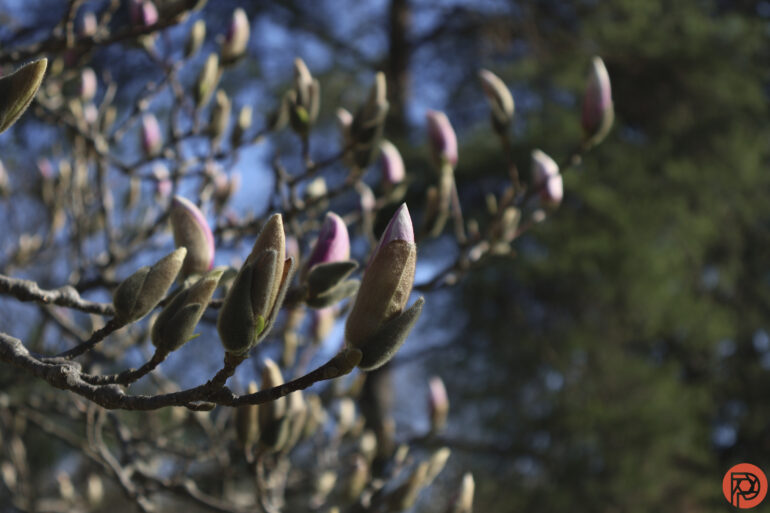
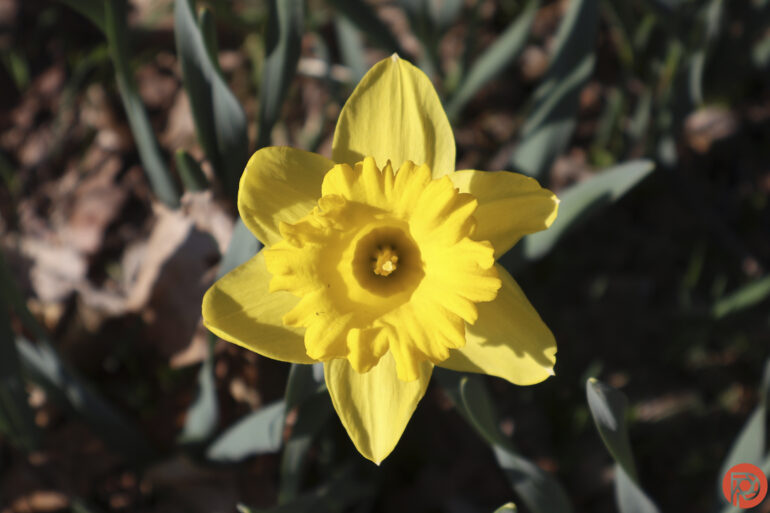
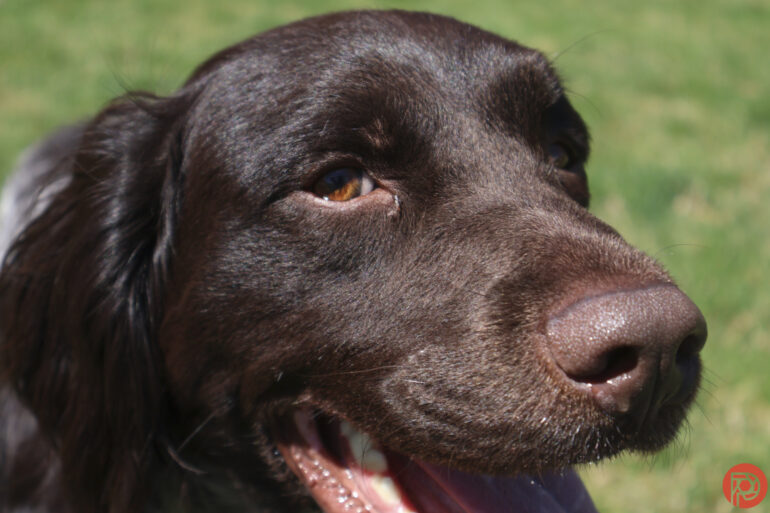
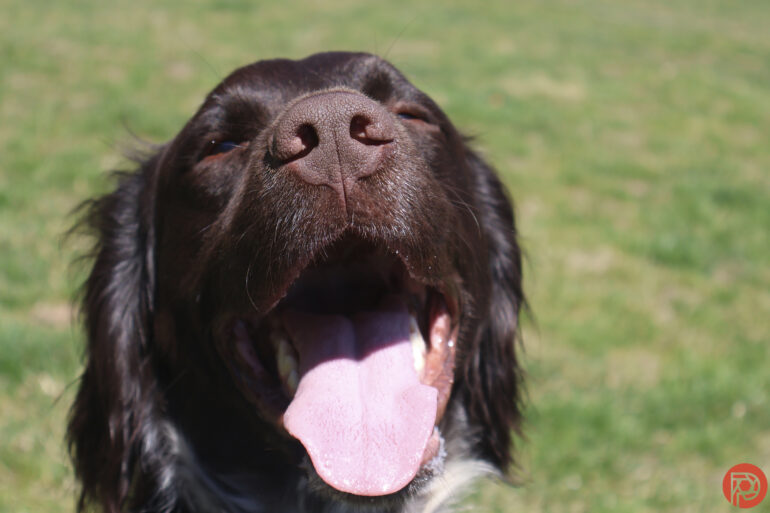
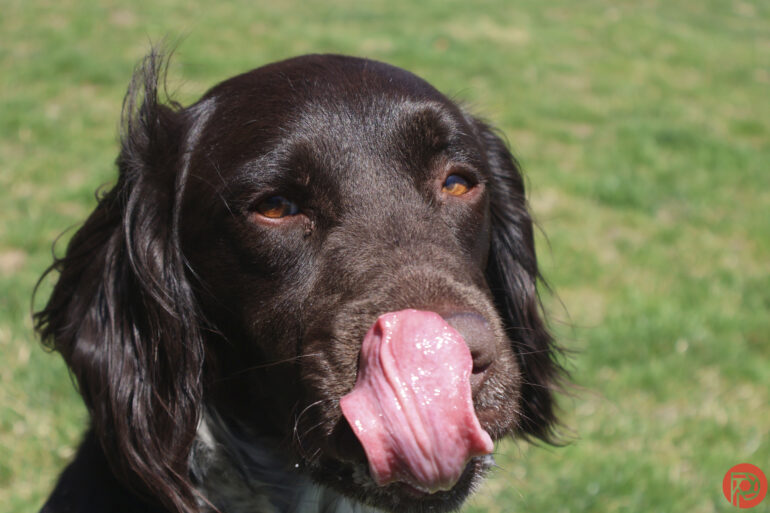
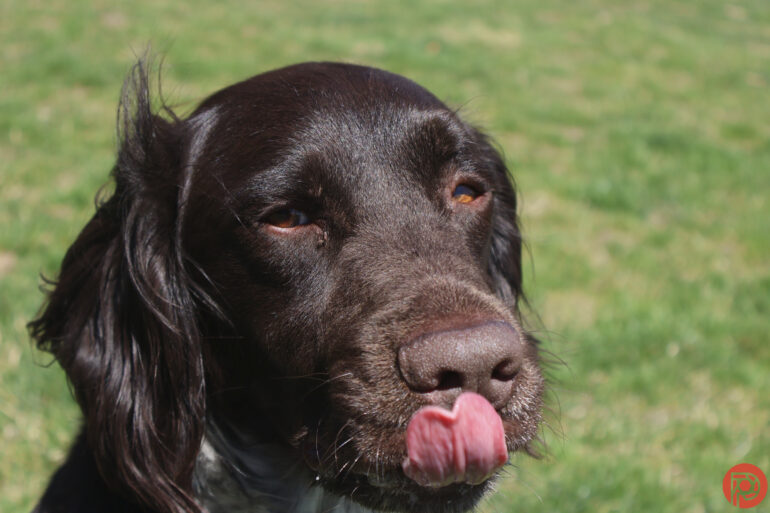
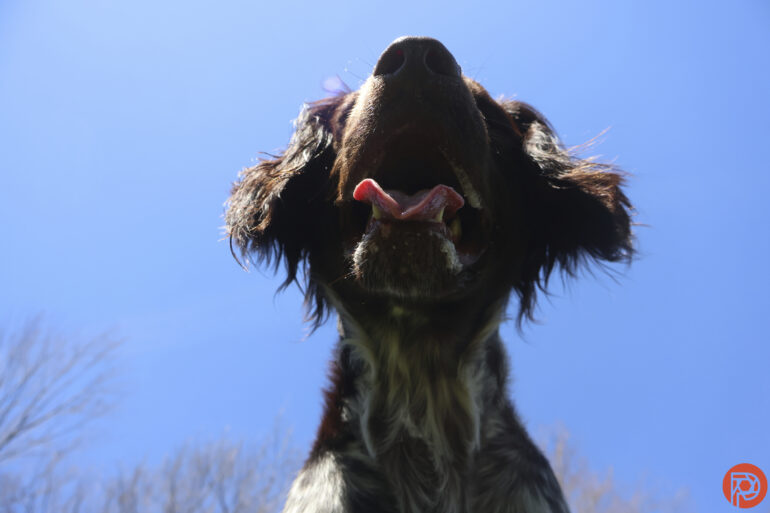
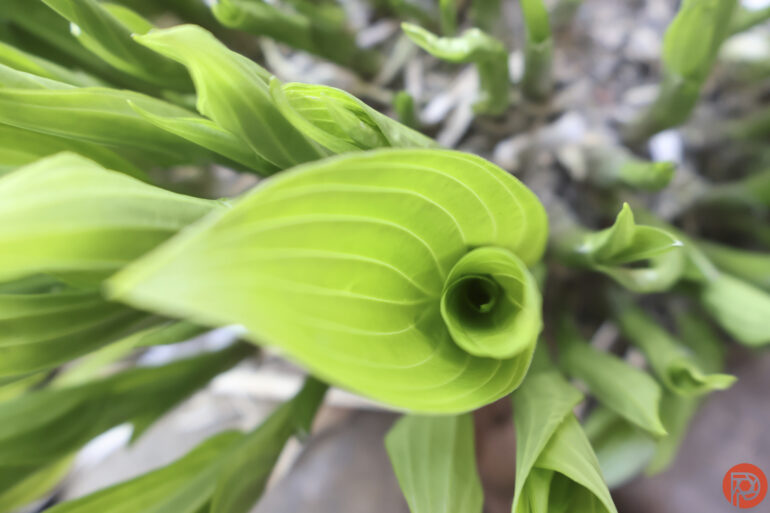
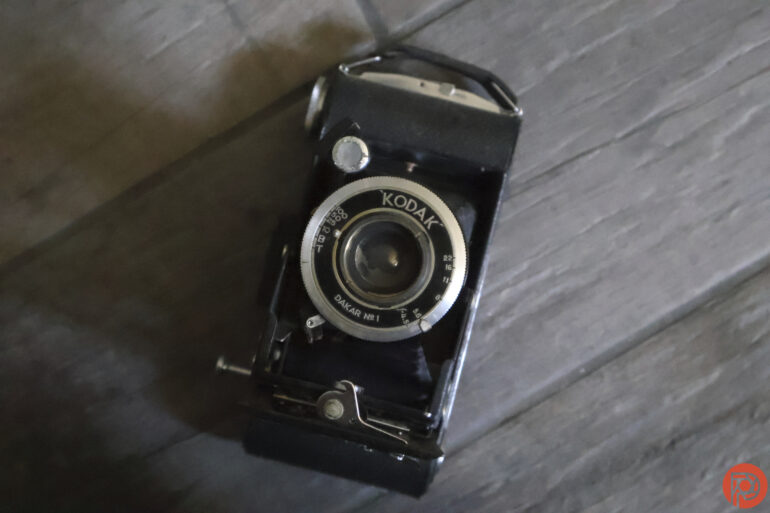
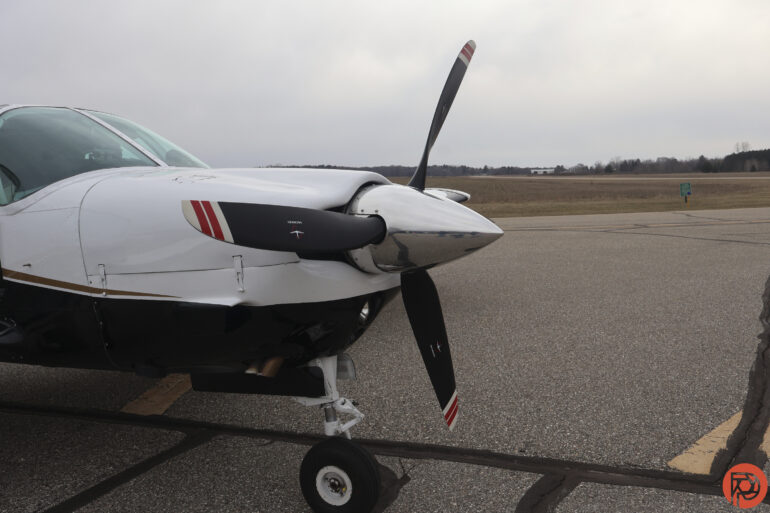
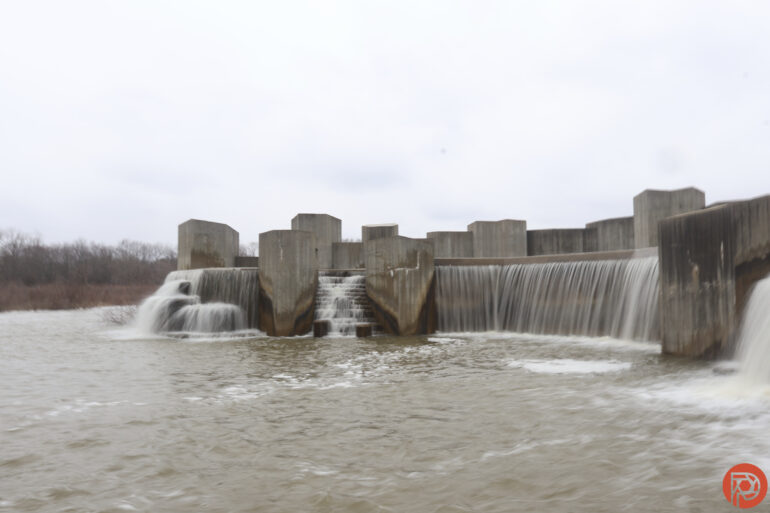

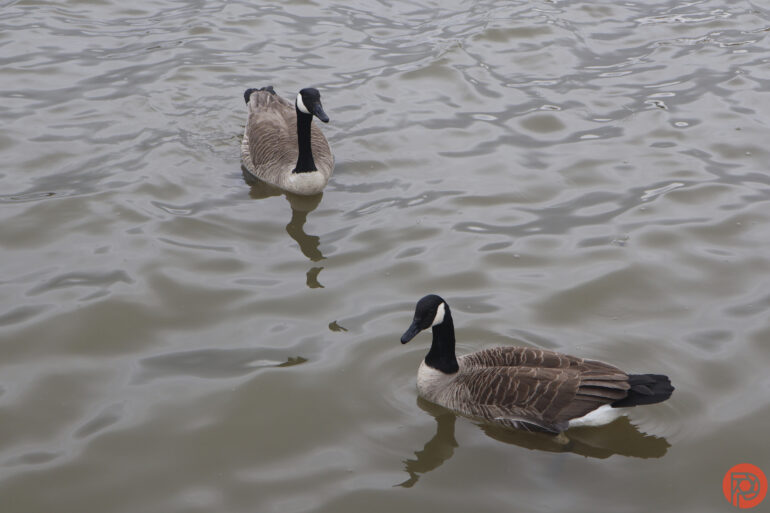
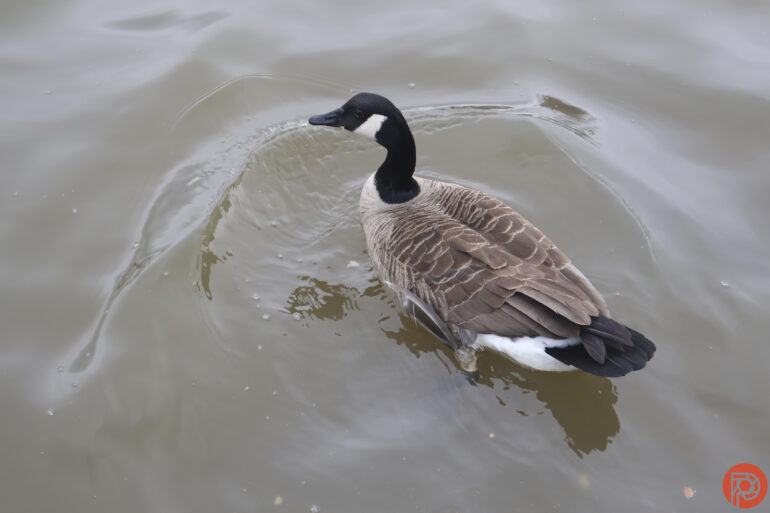
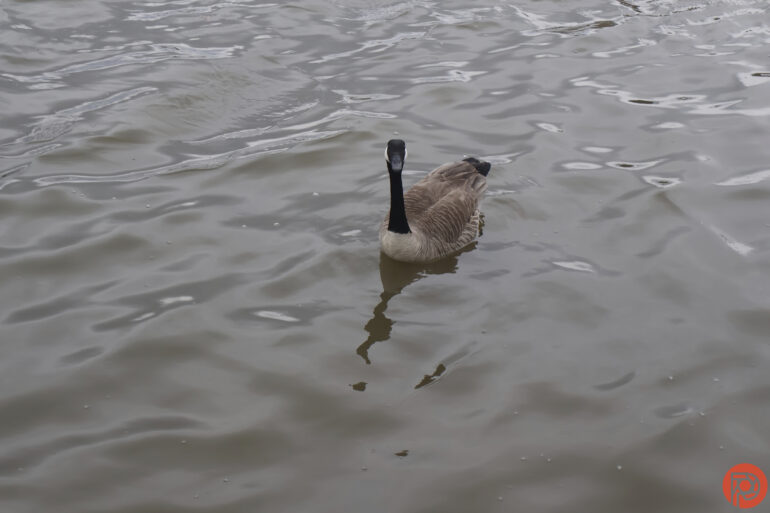
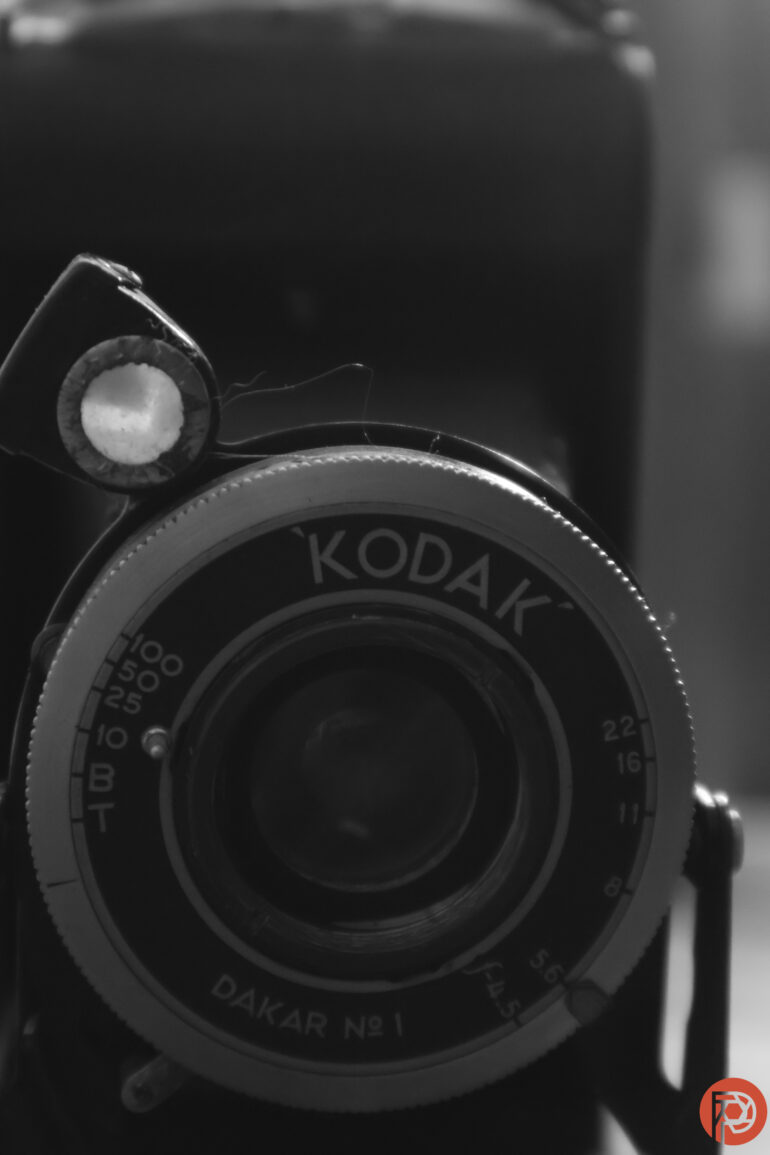
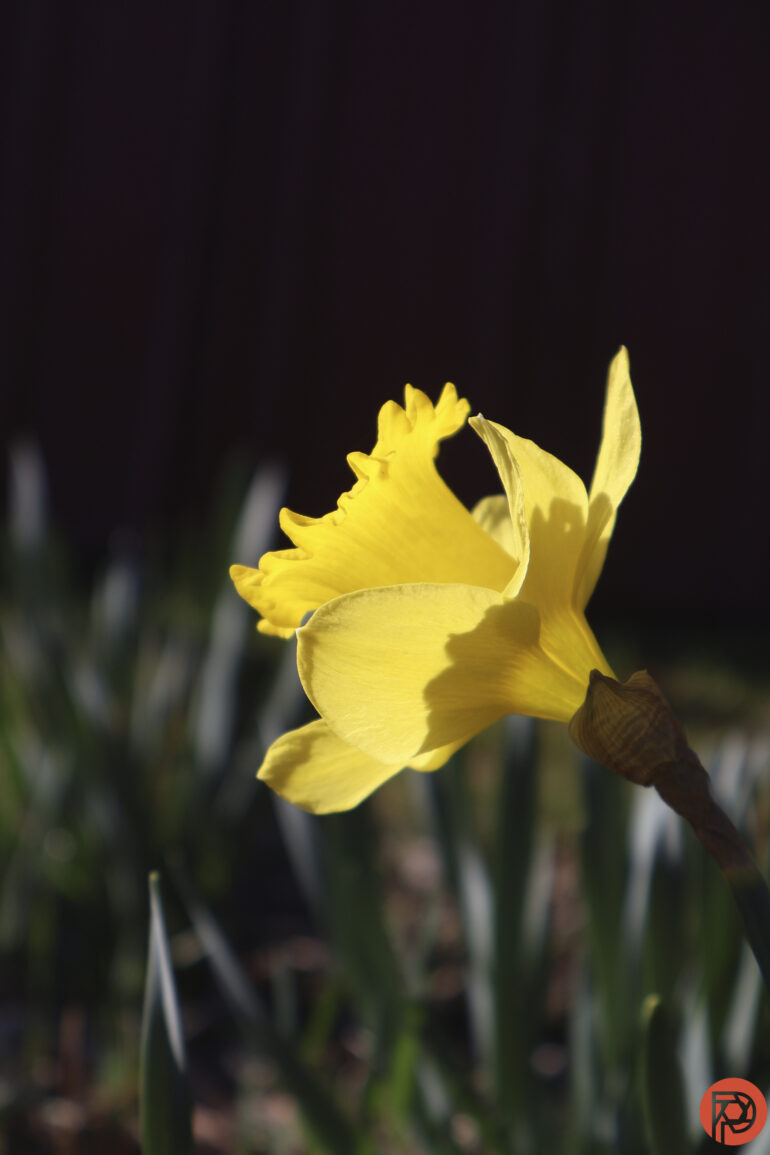
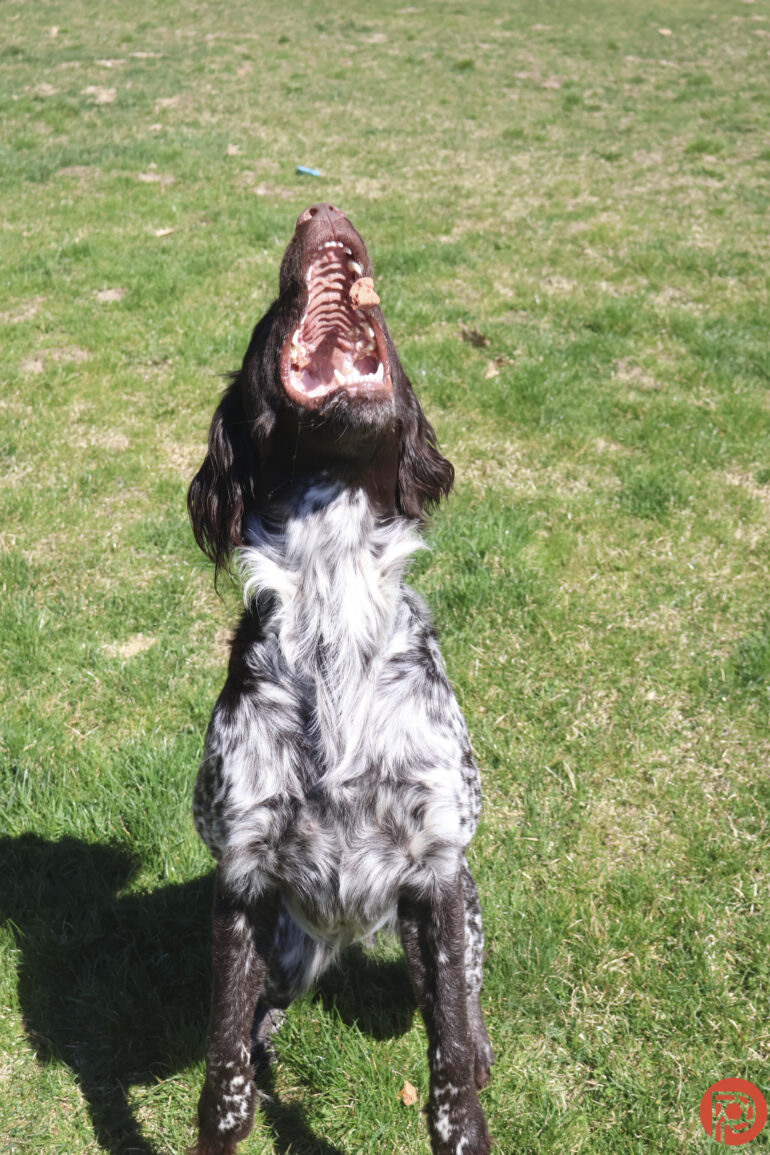
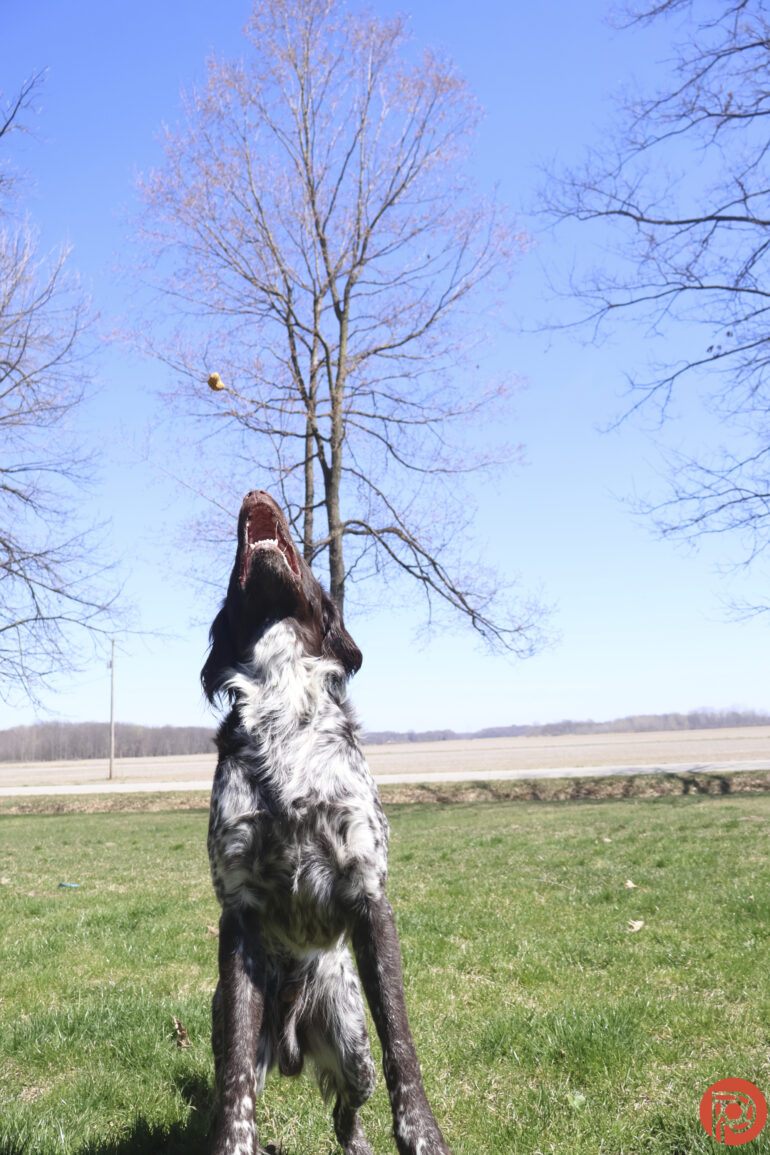
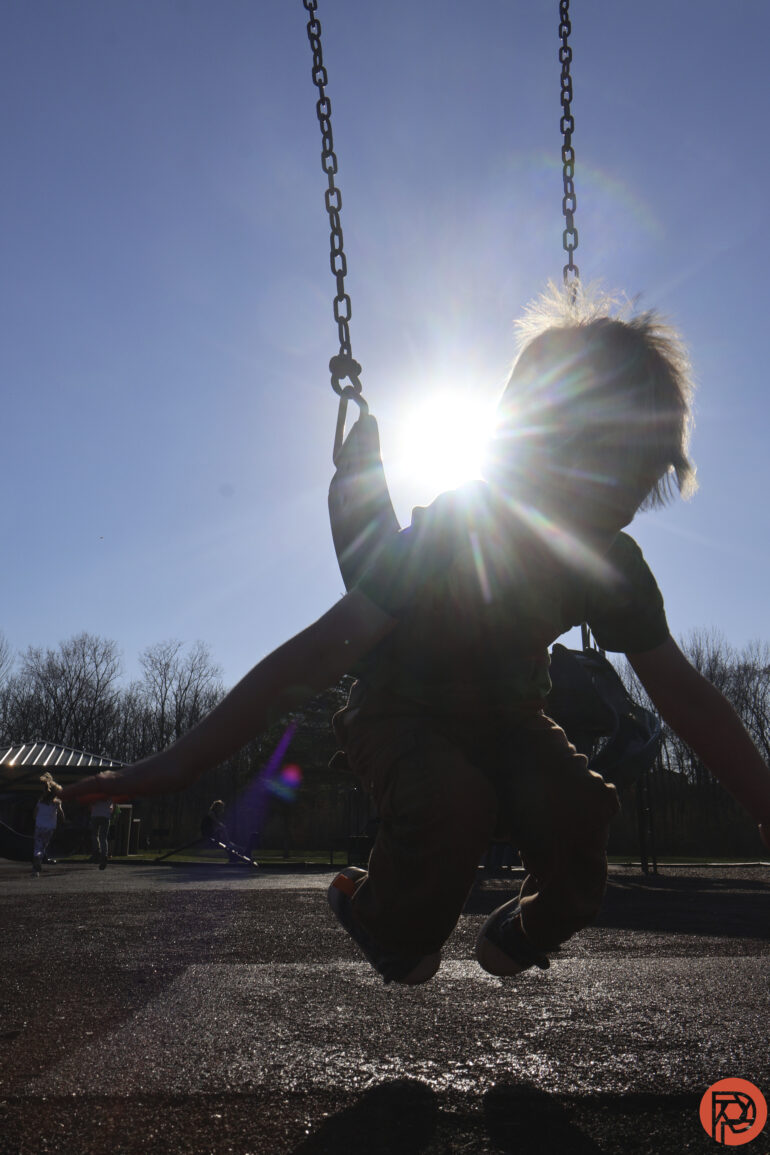
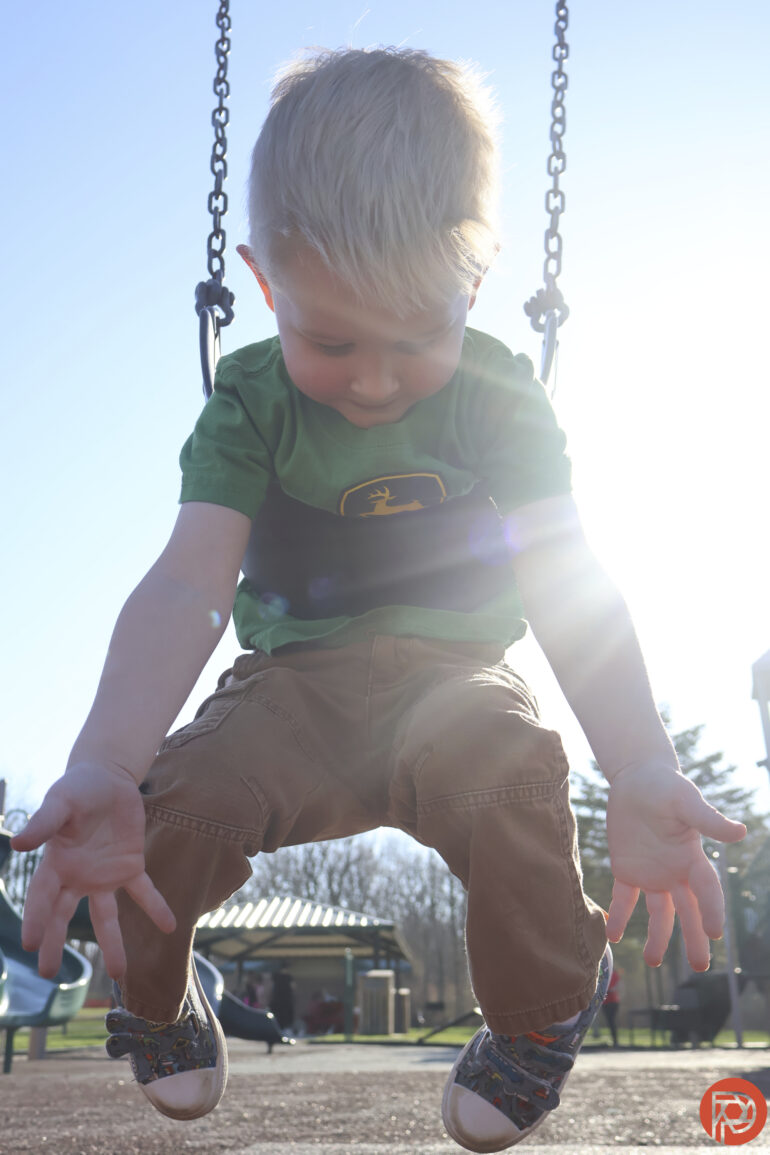

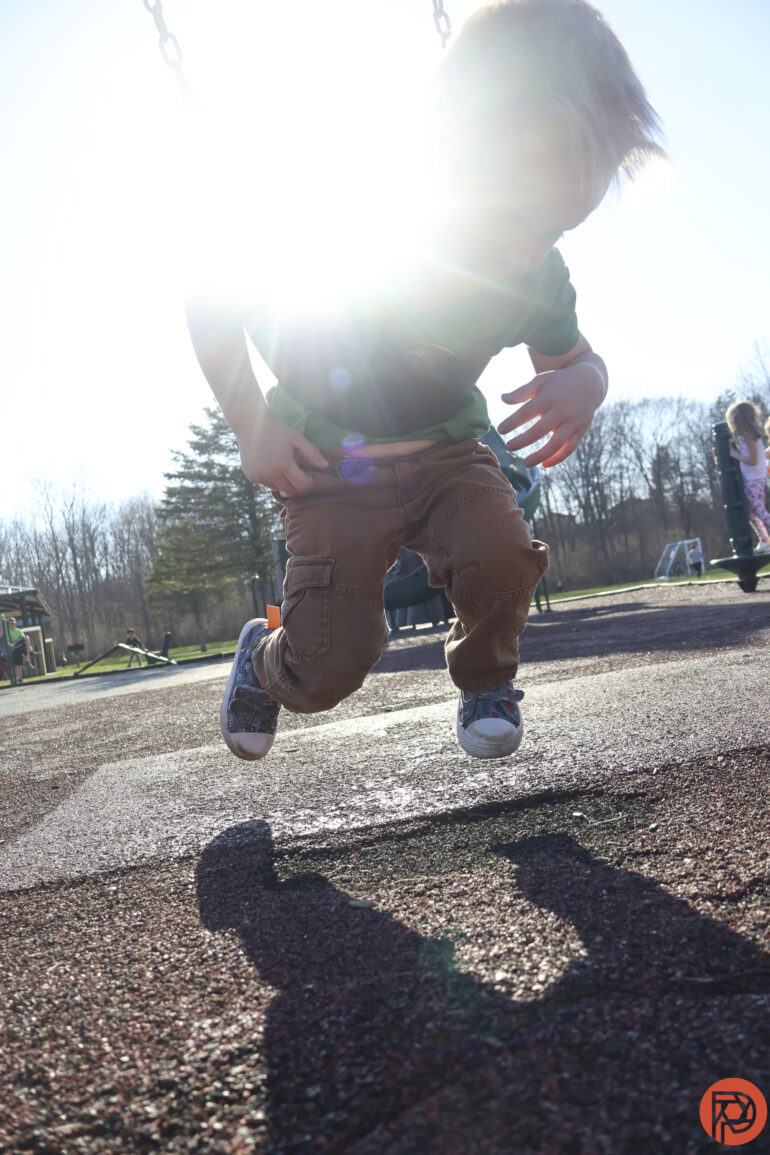
Edited
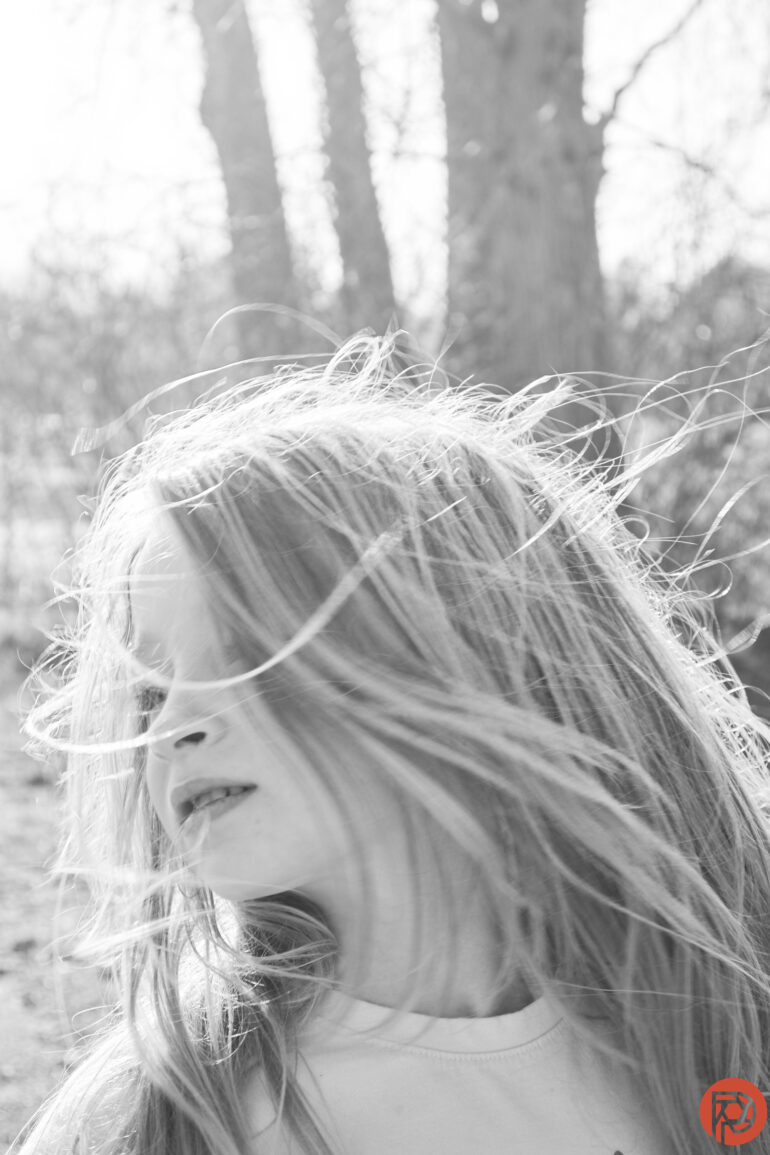
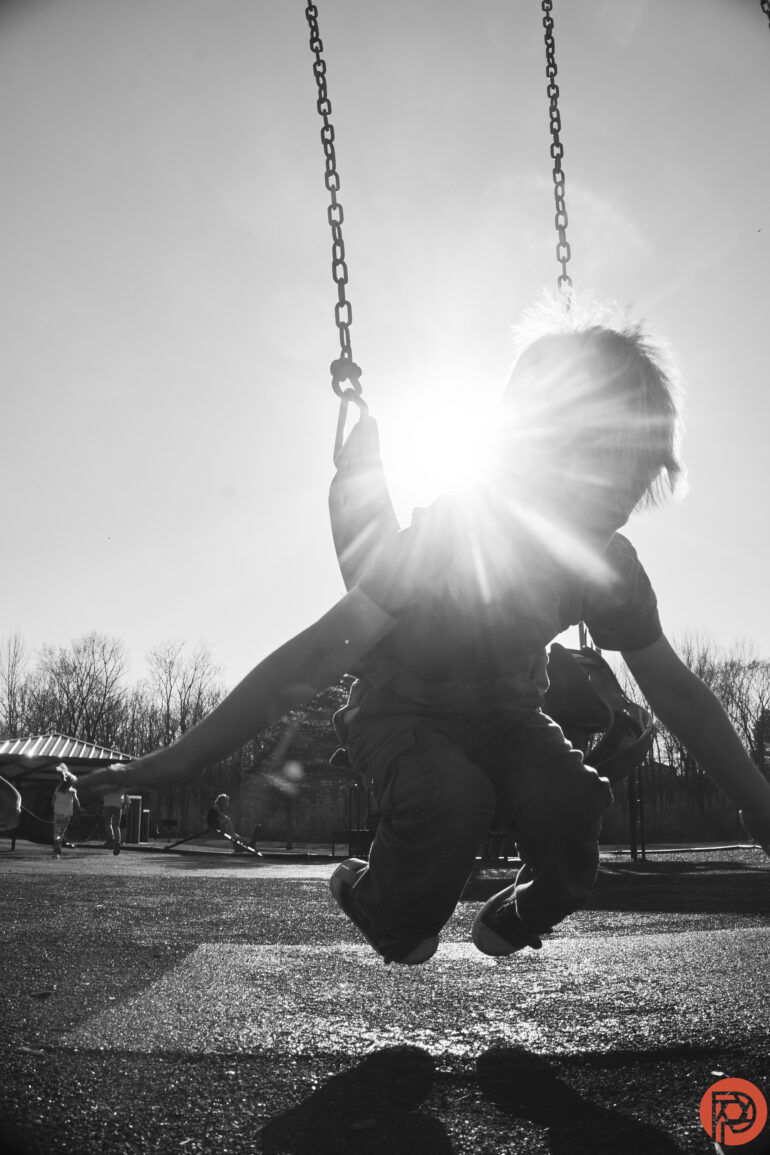
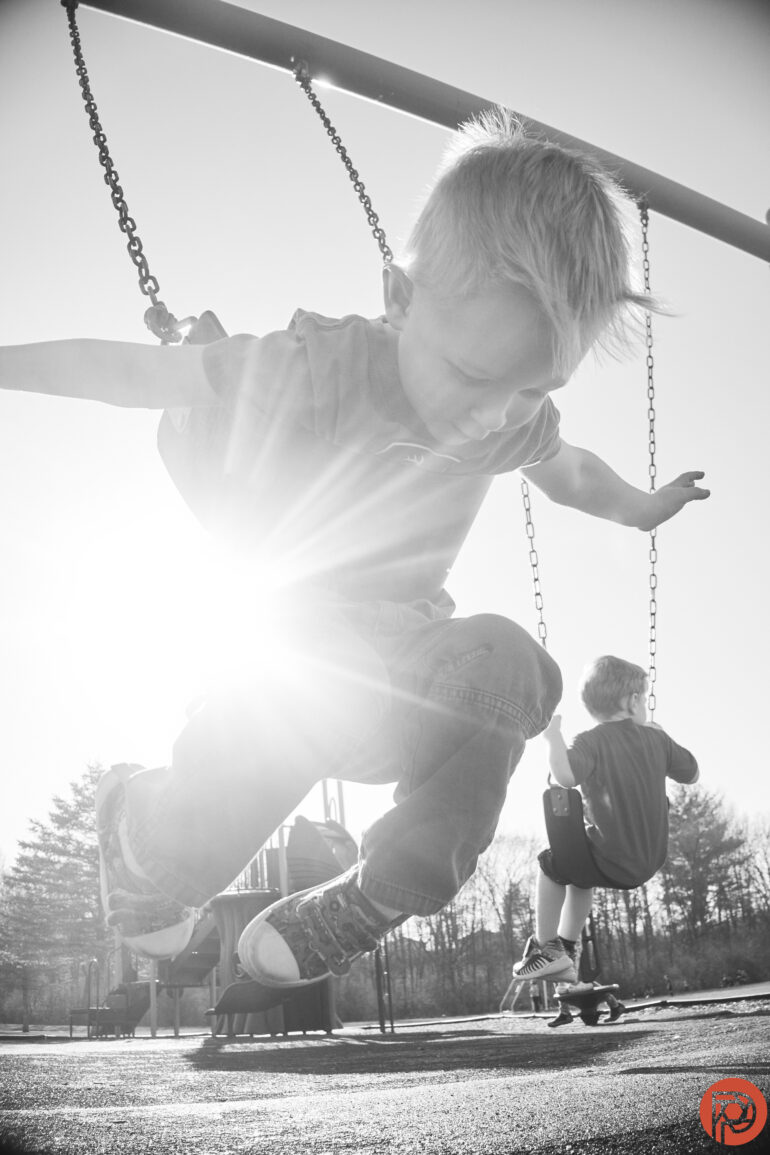
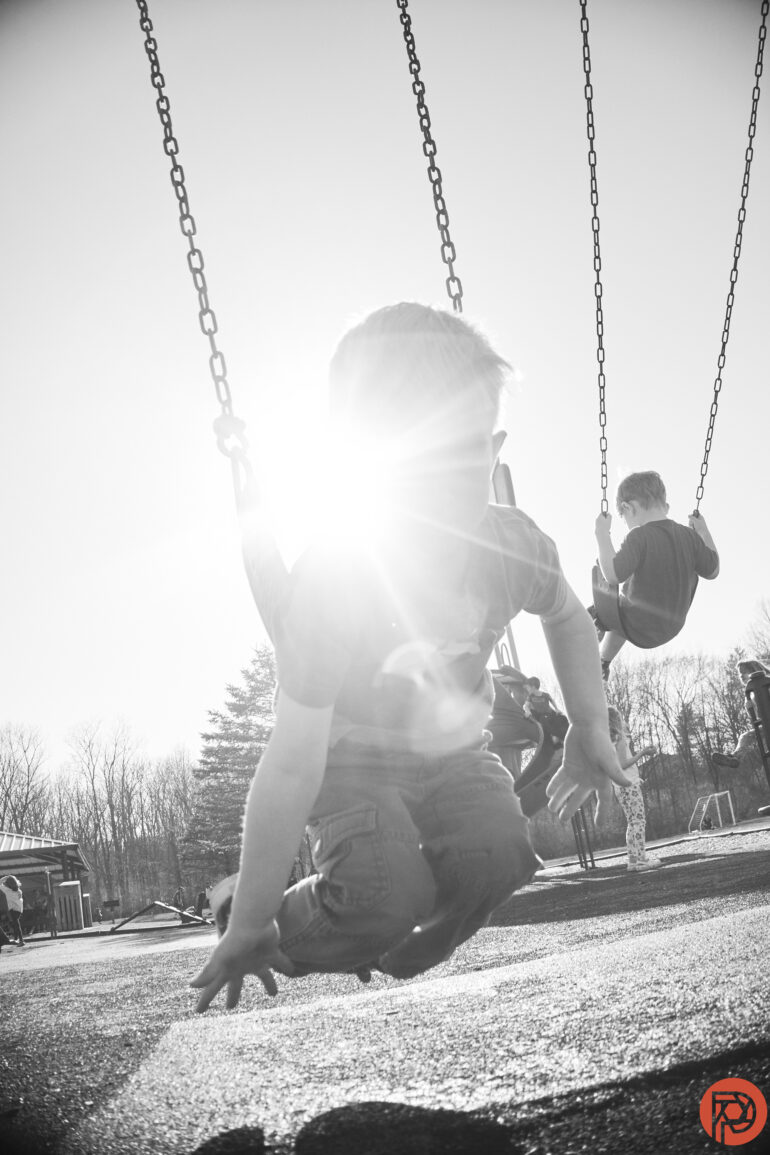
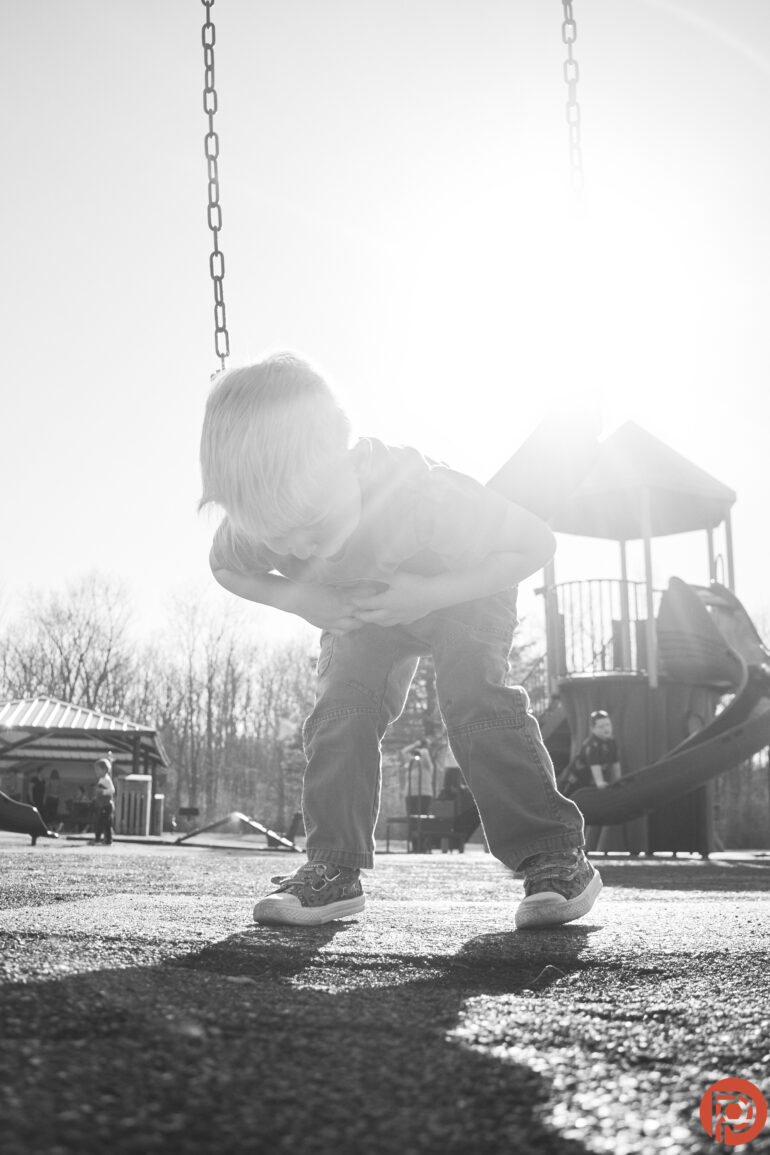
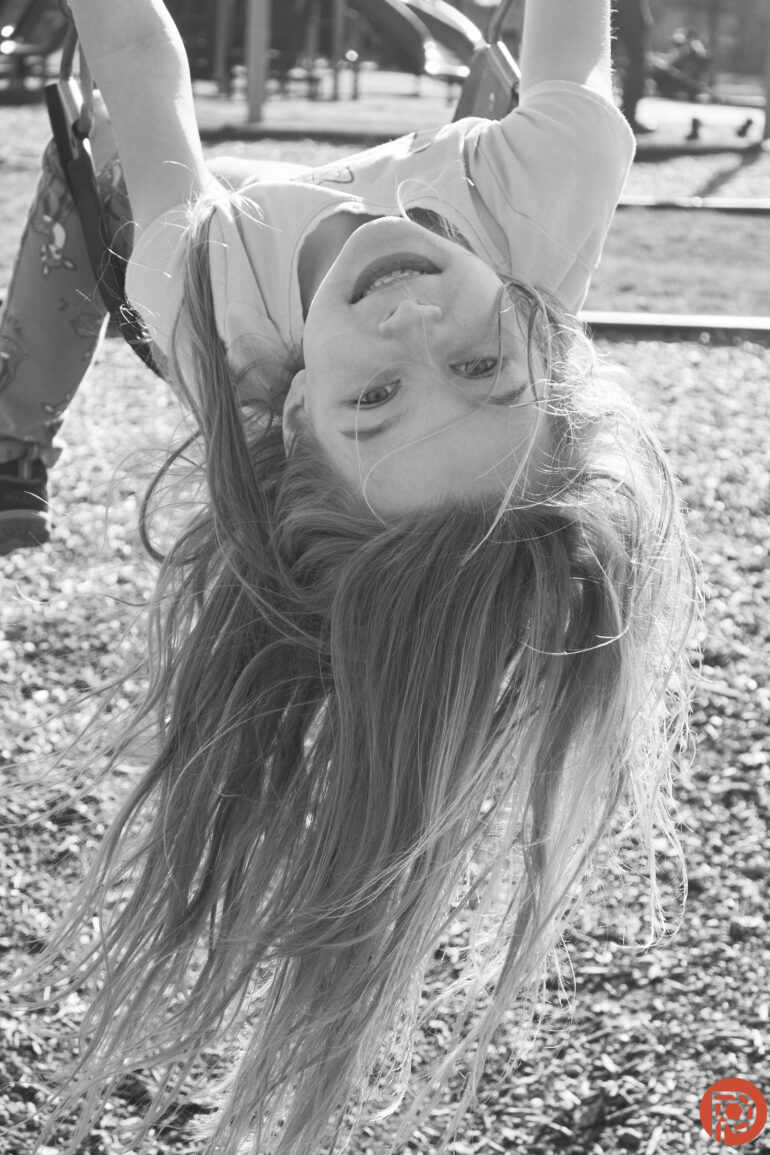
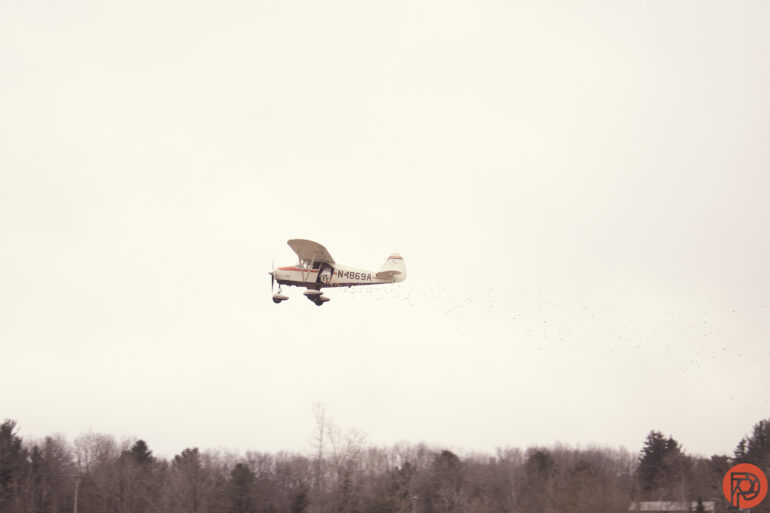
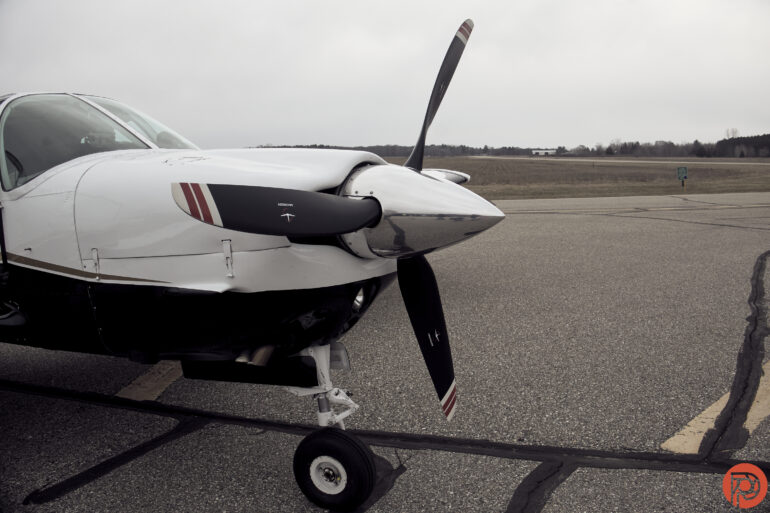
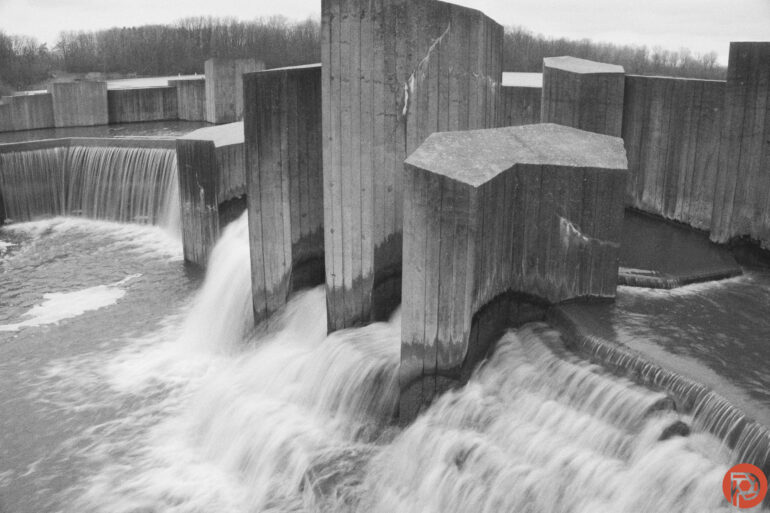
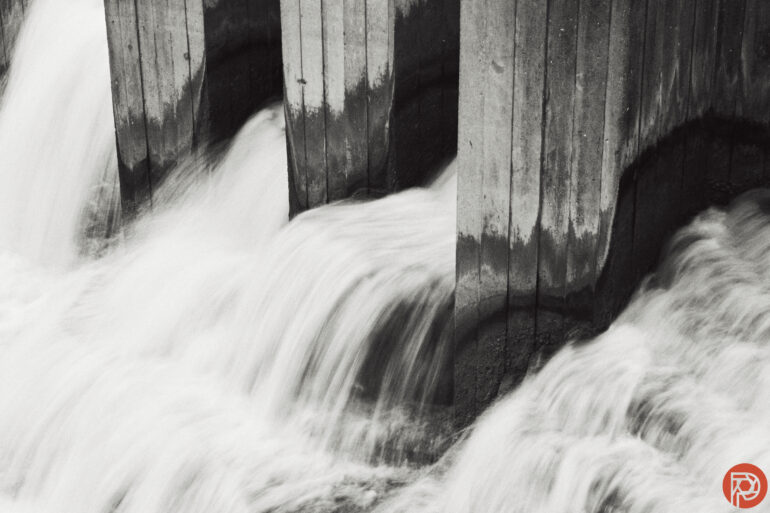
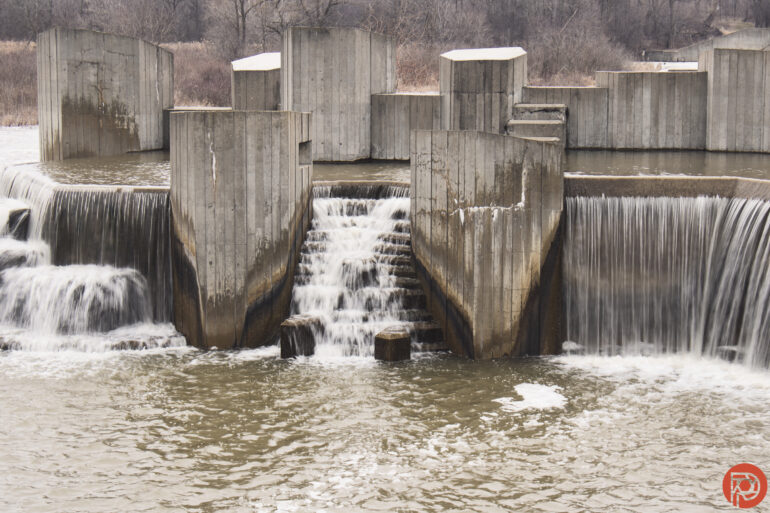
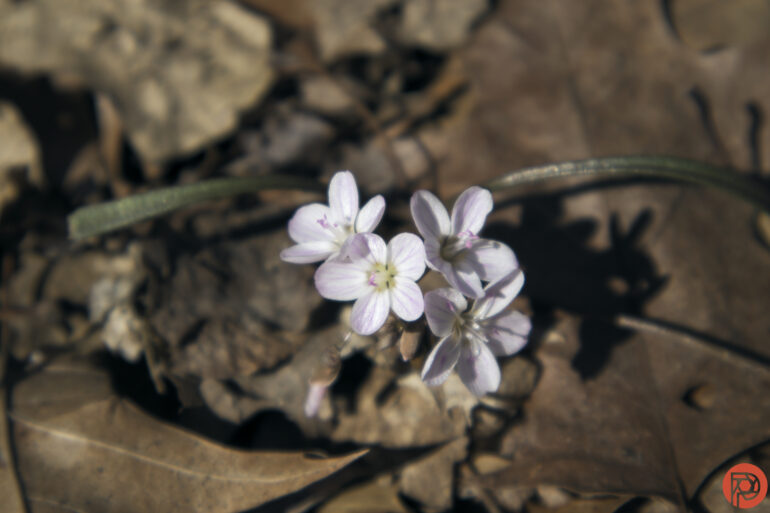
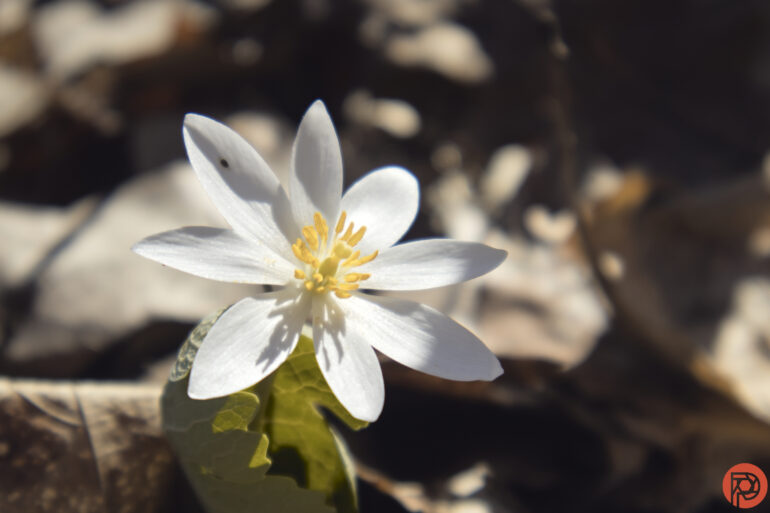
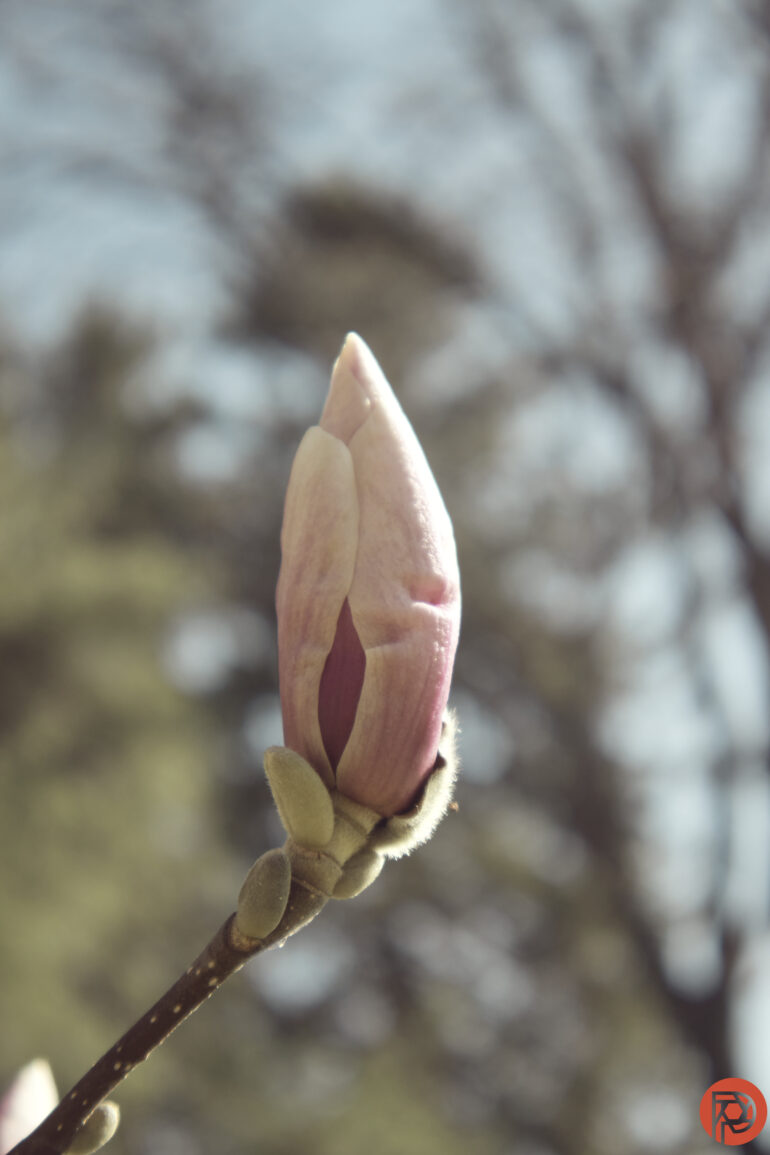
Who Should Buy It?
The Canon EOS R50 has an intelligent, quick autofocus system that’s going to give new photographers a leg up. Mixed in with the simplified controls, easy auto mode, flipping touchscreen, and $680 price point, it’s an attractive option for beginners.
But is it the best mirrorless for under $700? Sadly, the older sensor design really degrades image quality in limited light. Photographers that still want sharp, detailed photos indoors are going to want to look elsewhere. The ergonomics also aren’t the greatest to grow into, with more limited controls and a small grip.
There are similarly-priced cameras that do a bit better indoors and at night. The Sony a6100 creates great images in both good and bad light. The menus and controls are a bit tougher to learn, but it’s also a little cheaper than the R50. It still has human and animal eye AF but doesn’t detect bikes and cars.
The Nikon Z30 is great in low light, but it’s also somewhat weather-sealed and has a better grip. The autofocus isn’t quite as good as the R50 or the a6100, however, and it lacks a viewfinder.
Tech Specs
LensRentals lists the following specifications for the Canon EOS R50:
- Brand: Canon
- Camera Type: Mirrorless
- Environmental
- Operating Temperature: 32 to 104°F
- Operating Humidity: 0 to 85% (Recommended)
- Exposure Control
- Shutter Type: Electronic Shutter
- Electronic Shutter Speed: 1/8000 Up to 30 Seconds
- Electronic Front Curtain Shutter Speed: 1/4000 Up to 30 Seconds
- Bulb/Time Mode: Bulb Mode, Time Mode
- Photo/Video ISO Sensitivity: 100 to 32,000 (Extended: 51,200)
- Metering Method: Center-Weighted Average, Evaluative, Partial, Spot
- Exposure Modes: Aperture Priority, Manual, Program, Shutter Priority
- Exposure Compensation: -3 to +3 EV (1/3 EV Steps)
- Metering Range: -2 to 20 EV
- White-Balance Presets: Auto, Cloudy, Color Temperature, Custom, Daylight, Flash, Fluorescent (White), Shade, Tungsten
- Continuous Shooting – Silent Electronic Shutter: Up to 15 fps for up to 28 Frames (JPEG) / 7 Frames (RAW)
- Continuous Shooting – Silent Electronic First-Curtain Shutter: Up to 12 fps for up to 42 Frames (JPEG) / 7 Frames (RAW)
- Interval Recording: Yes
- Self-Timer: 2/10-Second Delay
- Flash
- Built-In Flash: Yes
- Maximum Sync Speed: 1/250 Second
- Flash Compensation: -3 to +3 EV (1/3 EV Steps)
- Dedicated Flash System: eTTL
- External Flash Connection: Intelligent Hot Shoe
- Focusing
- Focus Type: Auto and Manual Focus
- Focus Mode: Continuous-Servo AF, Manual Focus, Single-Servo AF
- Autofocus Points – Photo, Phase Detection: 4503
- Autofocus Points – Video, Phase Detection: 3713
- Autofocus Sensitivity: -4 to +20 EV
- General
- Battery Type: 1x LP-E17 Rechargeable Lithium Polymer, 7.2 VDC, 1040 mAh
- Tripod Mounting Thread: 1x 1/4″-20 Female (Bottom)
- Dimensions (W x H x D): 4.6 × 3.4 × 2.7″
- Weight: 0.8 lb. (With Battery, Recording Media) 0.7 lb. (Body Only)
- Imaging
- Sensor Resolution Effective: 24.2 Megapixel
- Sensor Type: 22.3 × 14.9mm (APS-C) CMOS
- Crop Factor: 1.6x
- Image Stabilization: None
- Built-In ND Filter: None
- Capture Type: Stills & Video
- Interface: Media/Memory Card Slot
- Single Slot: SD/SDHC/SDXC
- Video I/O: 1x Micro-HDMI Output
- Audio I/O: 1x 1/8″ / 3.5mm TRS Stereo Microphone Input on Camera Body
- Other I/O: 1x USB-C Input/Output
- Wireless: 2.4 / 5 GHz Bluetooth 4.2 Control
- Wi-Fi Mobile App Compatible: Yes
- Global Positioning (GPS, GLONASS, etc.): None
- Item Type: Camera
- Mfr. Model Number 5811C002
- Monitor
- Size: 3”
- Resolution: 1,062,000 Dot
- Display Type: Articulating Touchscreen LCD
- Mount: Canon RF
- Still Image Capture
- Aspect Ratio: 3:2
- Image File Format: C-RAW, HEIF, JPEG, RAW
- Video Capture
- Internal Recording Modes: H.264/H.265/MPEG-4
- UHD 4K (3840 × 2160) at 23.98/25/29.97 fps
- 1920 × 1080 at 23.98/25/29.97/50/59.94/100/120 fps
- Broadcast Output: NTSC/PAL
- Built-In Microphone Type: Stereo
- Viewfinder
- Type: Built-In Electronic (OLED)
- Size: 0.39”
- Resolution: 2,360,000 Dot
- Eye Point: 22mm
- Coverage: 100%
- Magnification: Approx. 96x
- Diopter Adjustment: -3 to +1
The Phoblographer may receive affiliate compensation for products purchased using links in this blog post.


